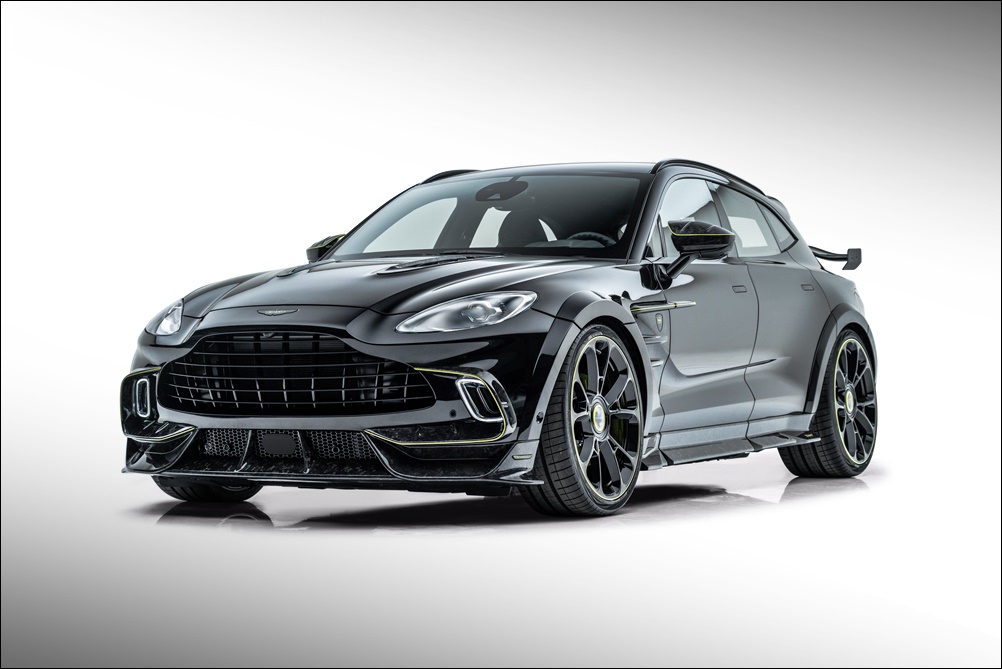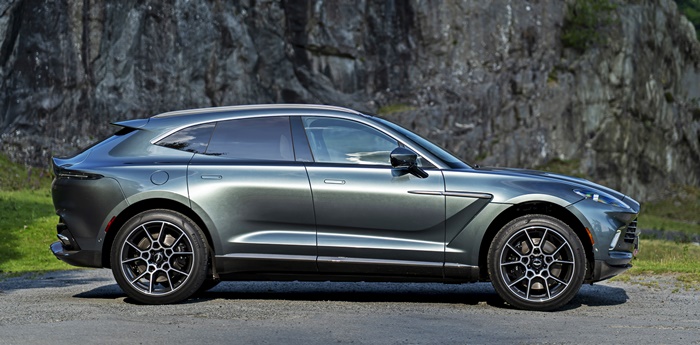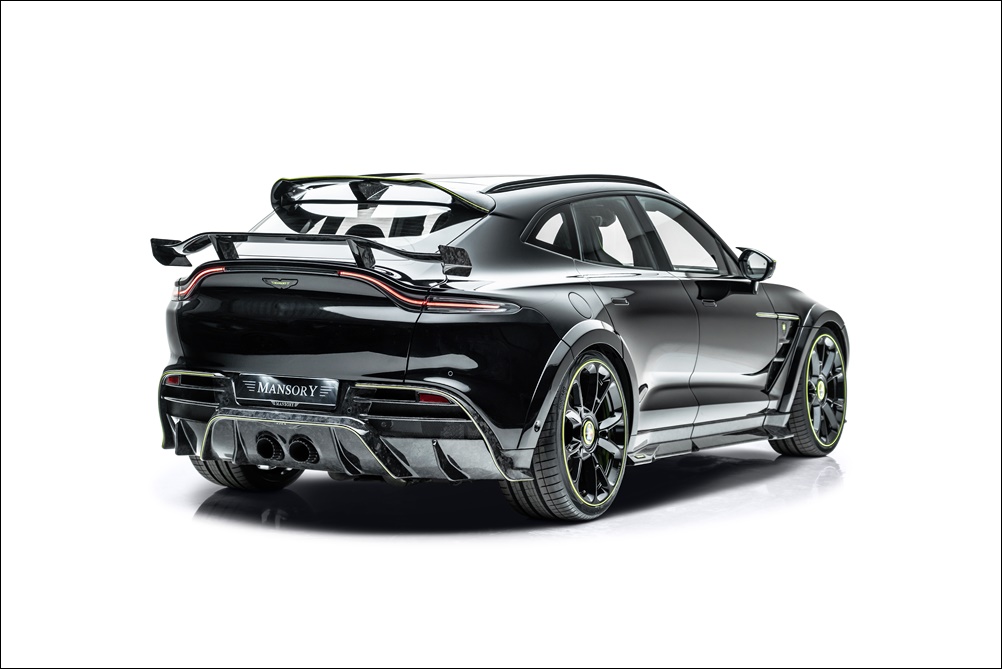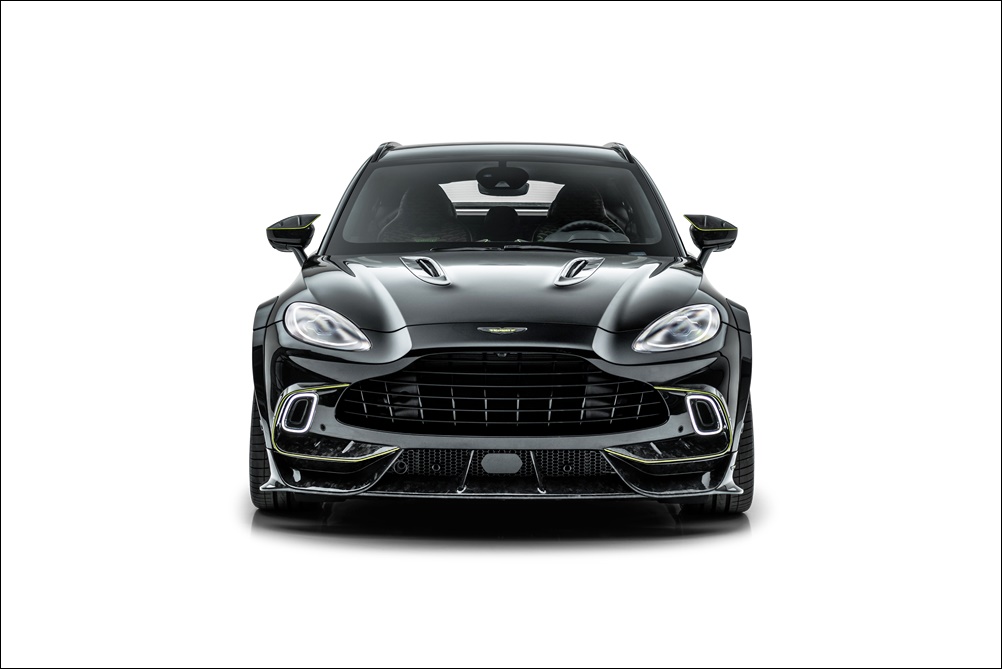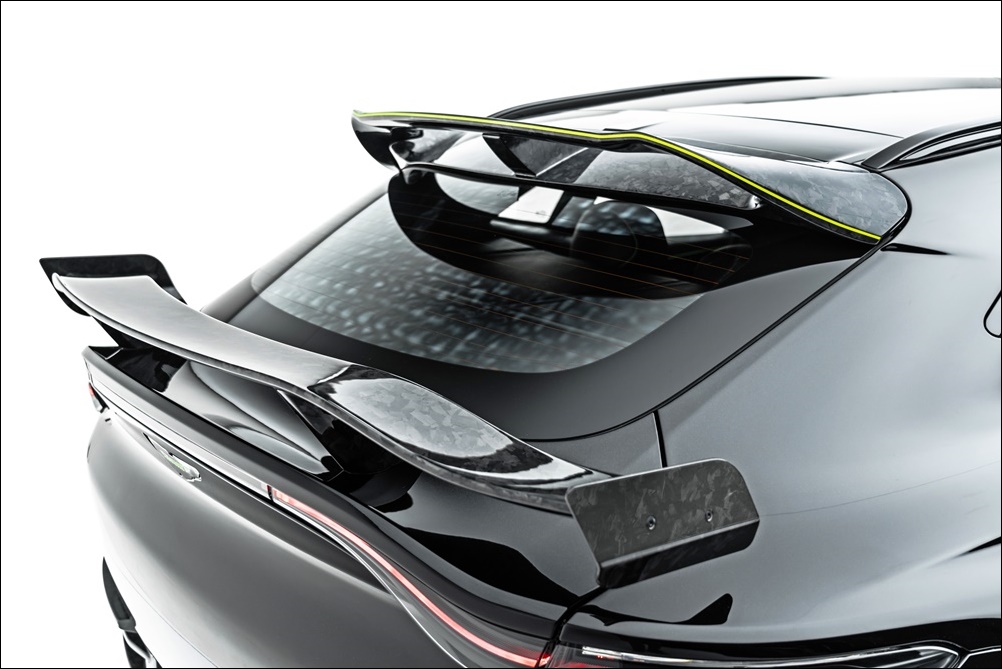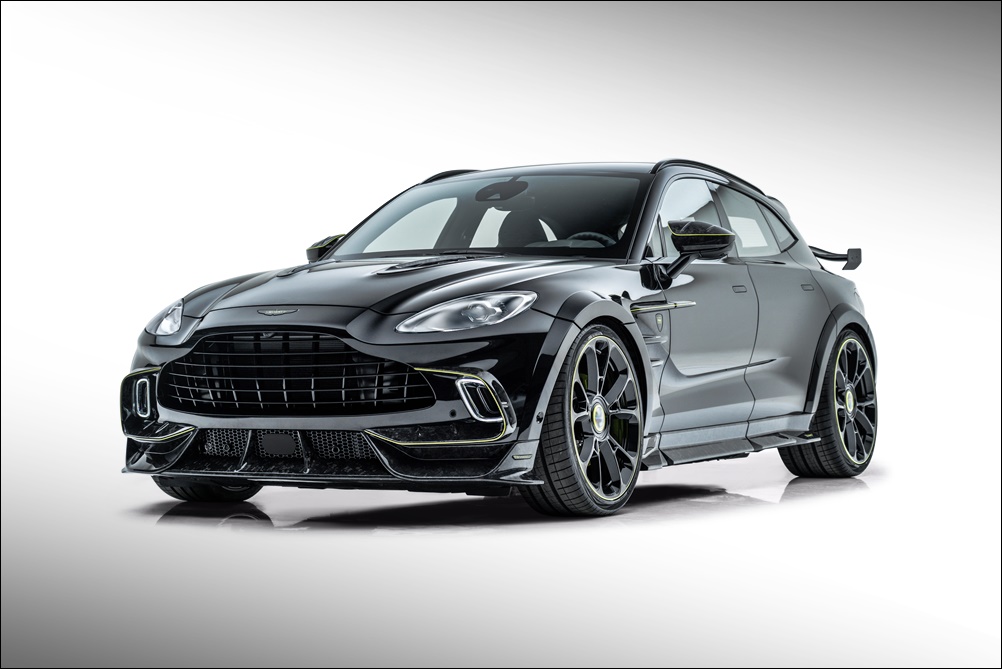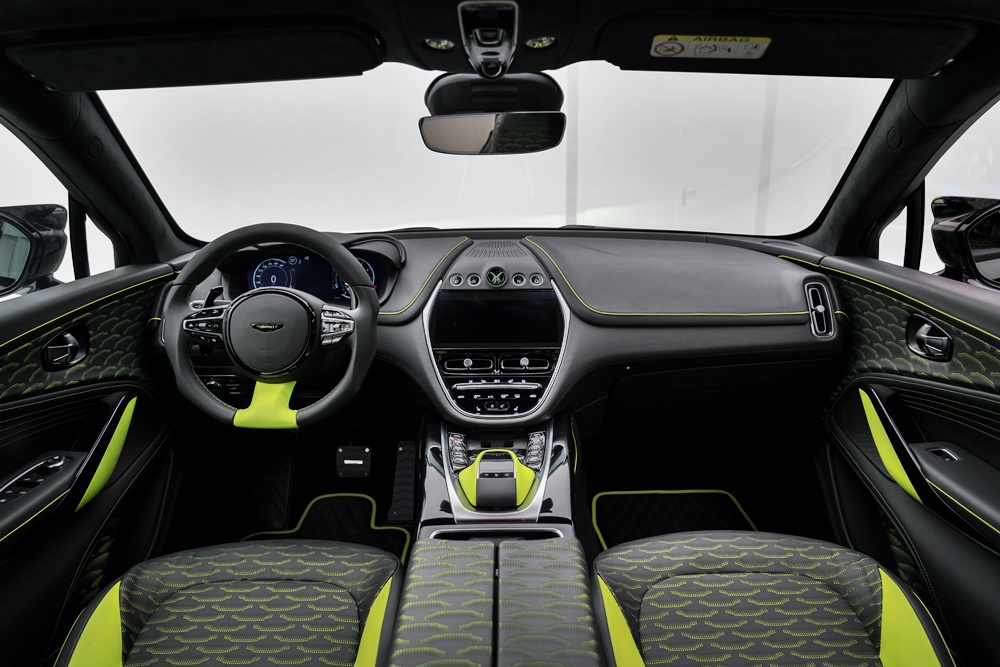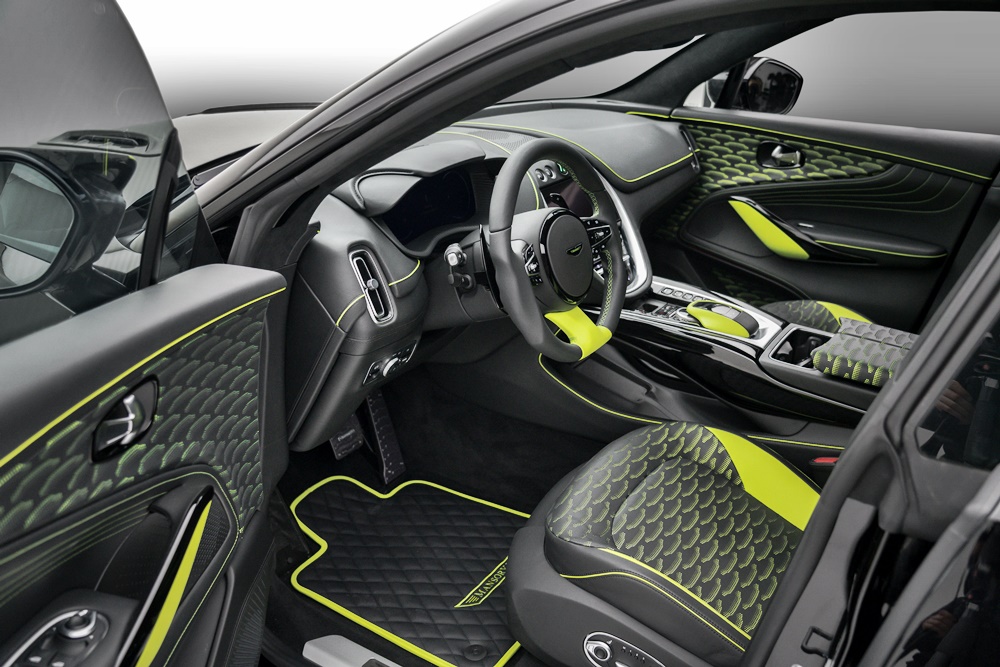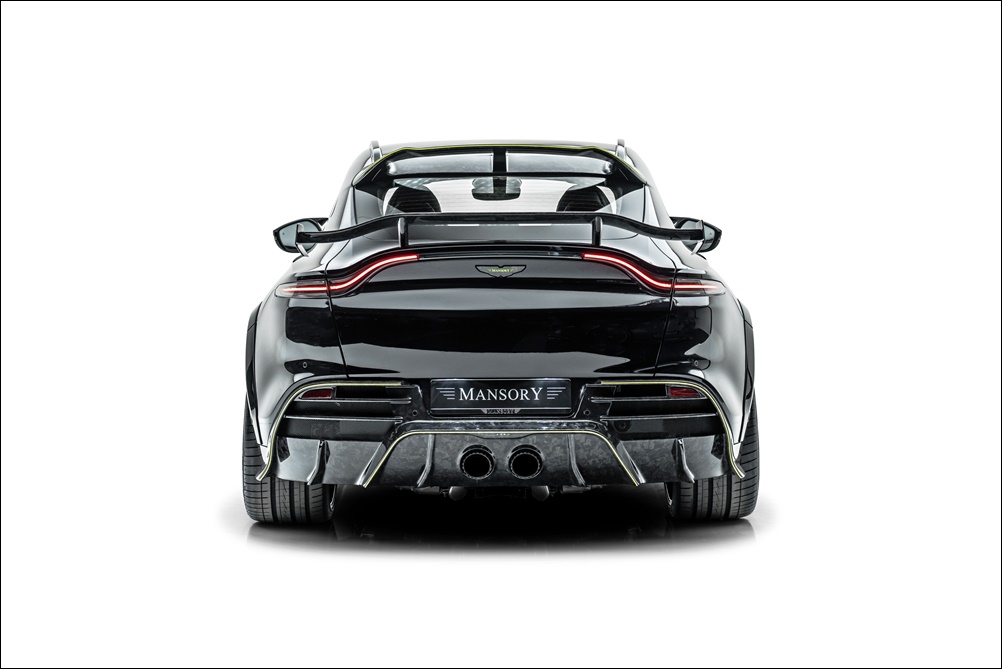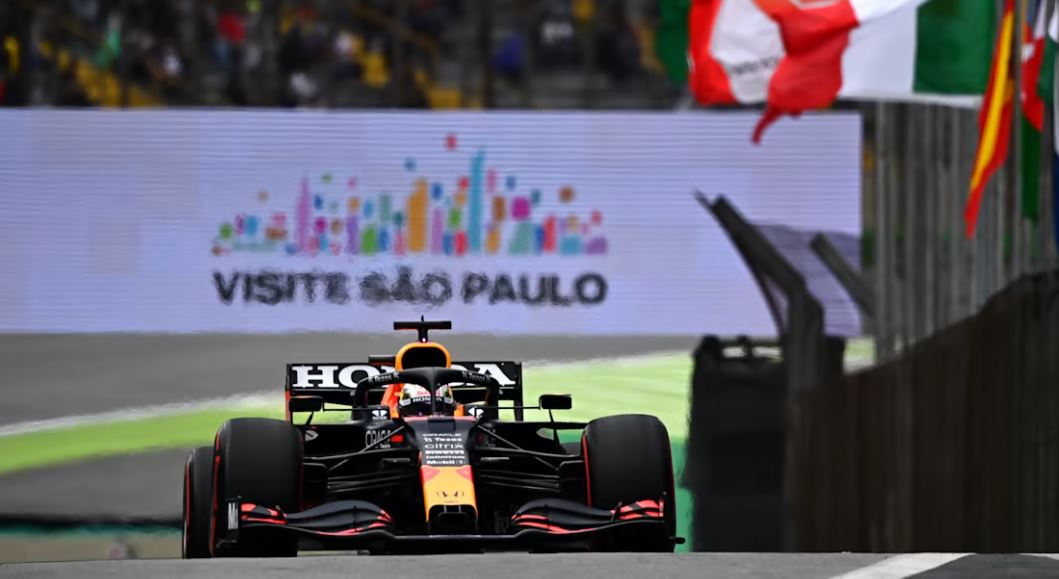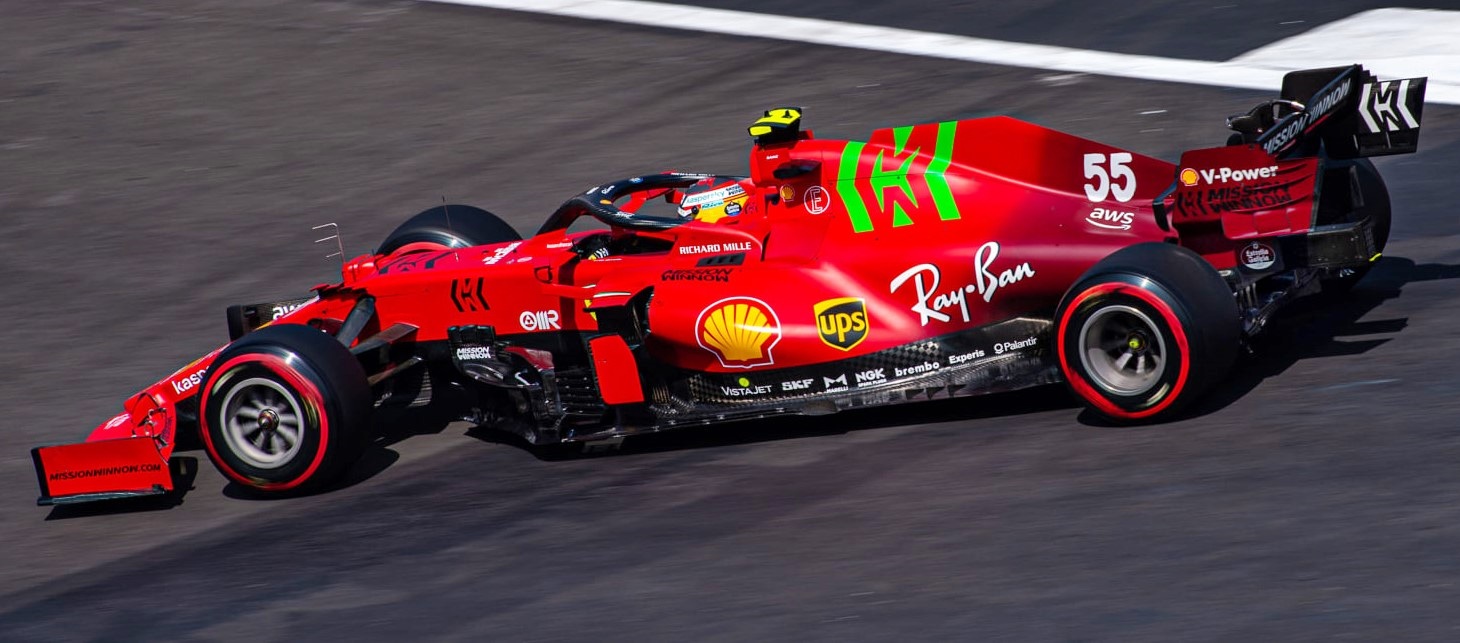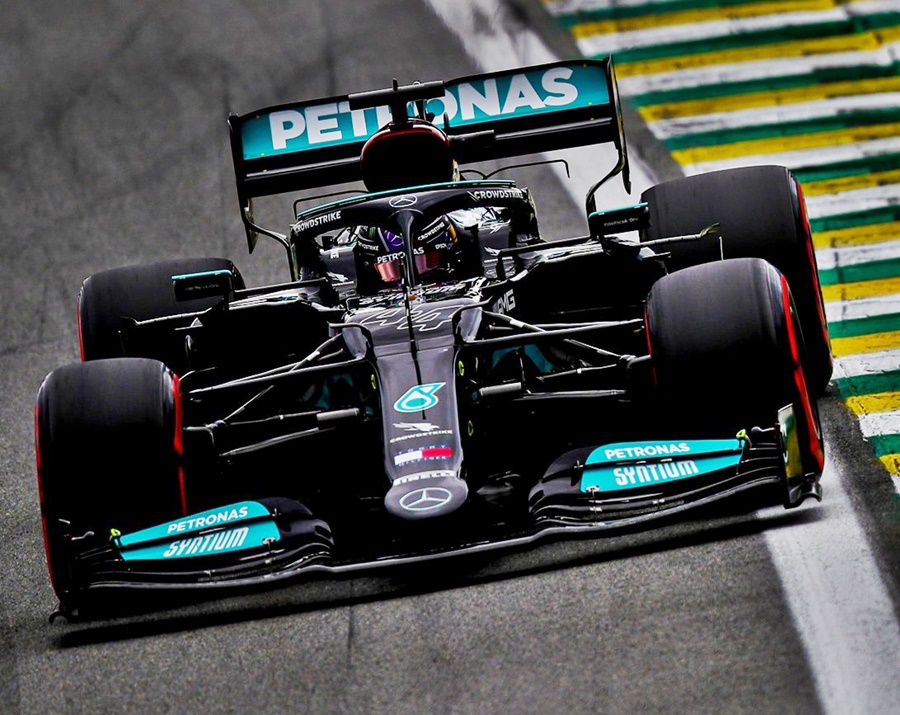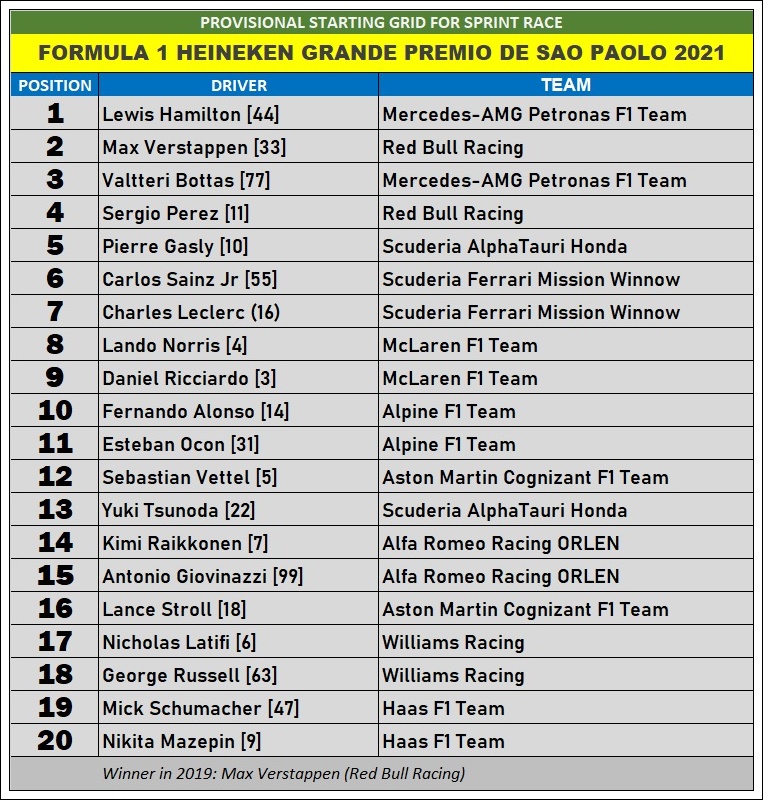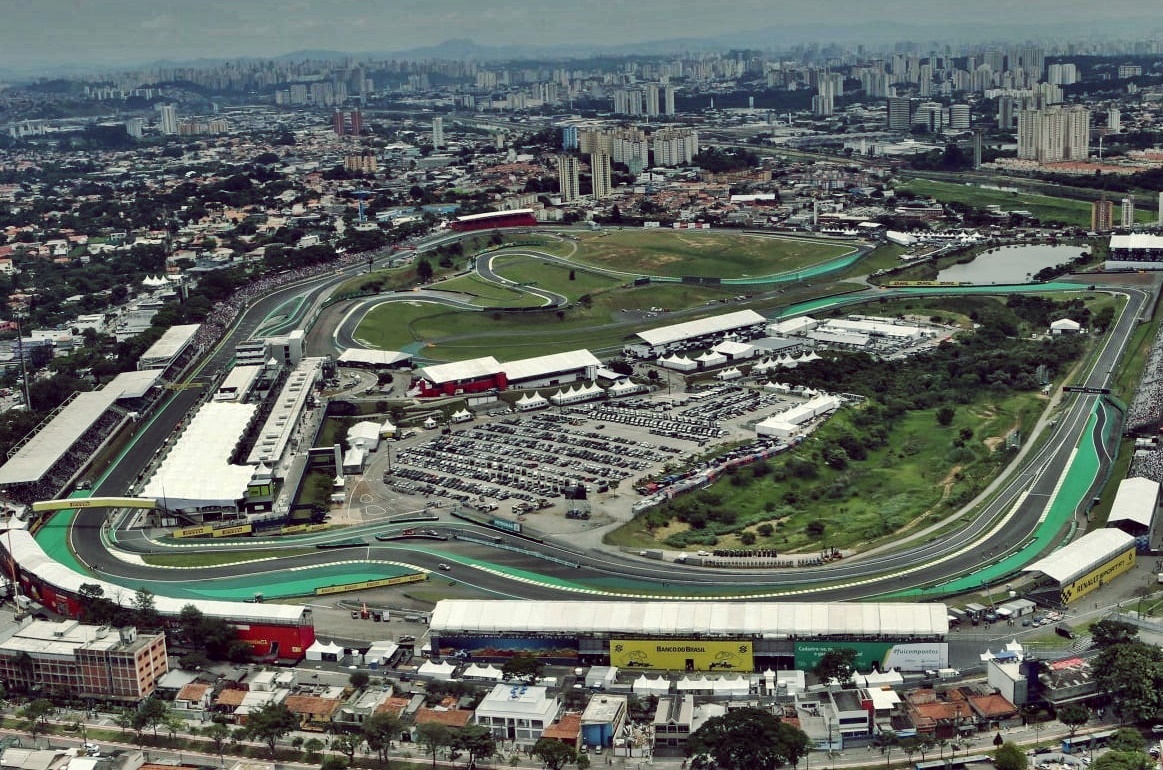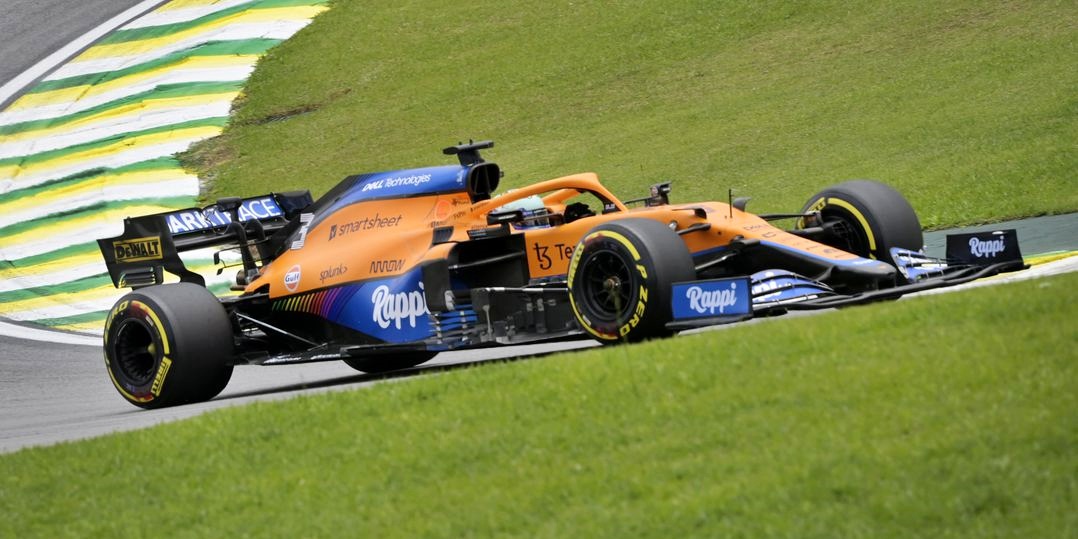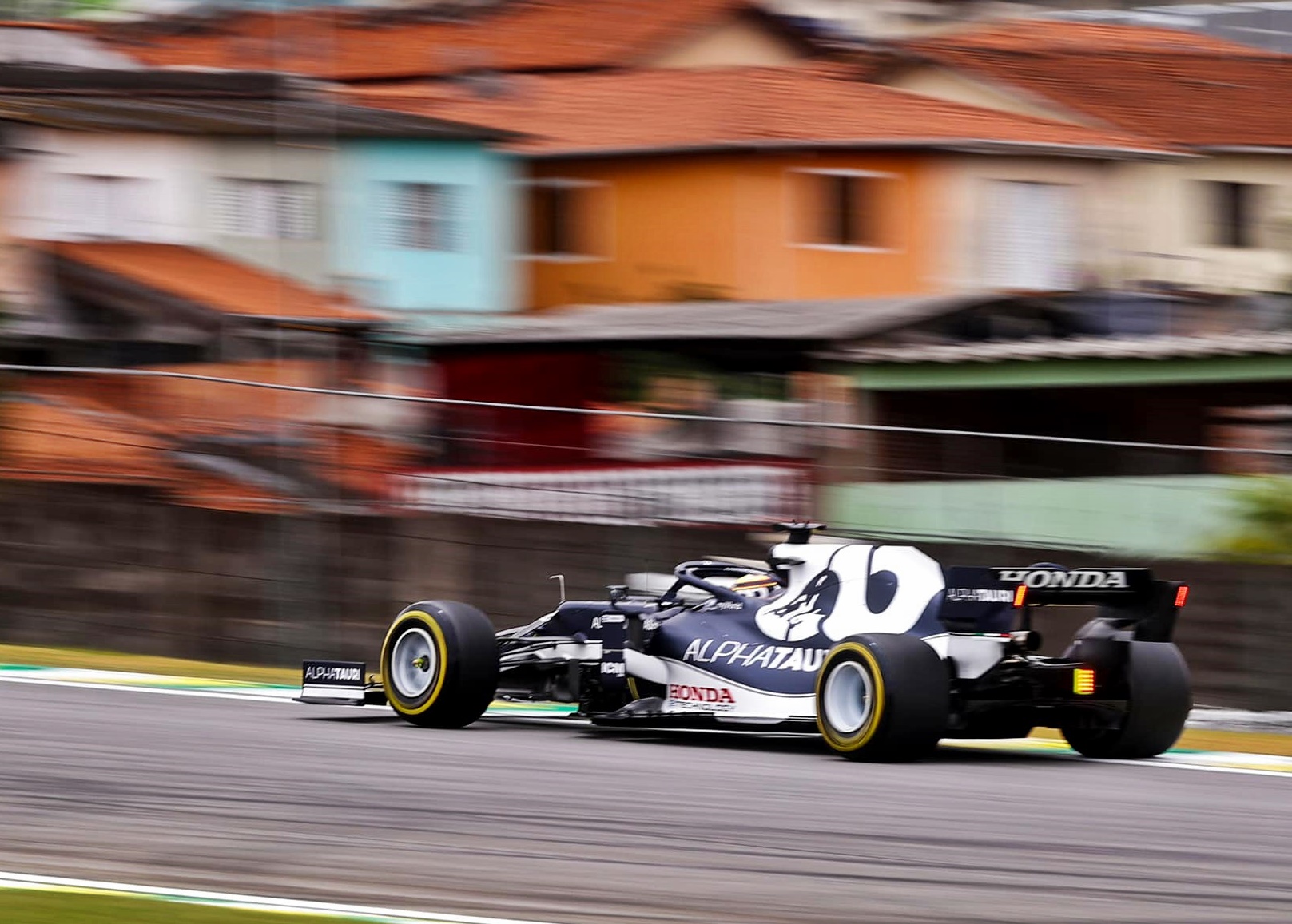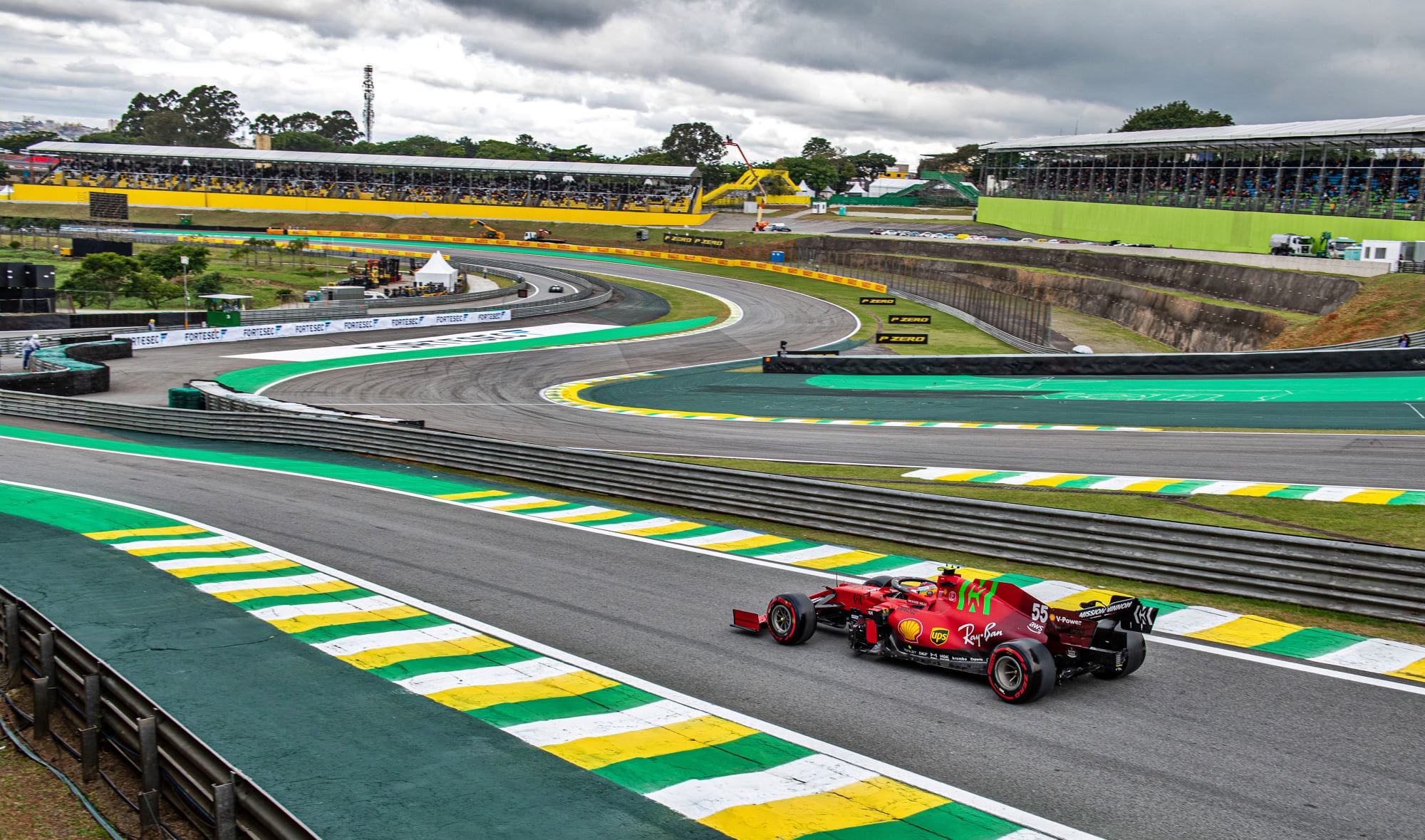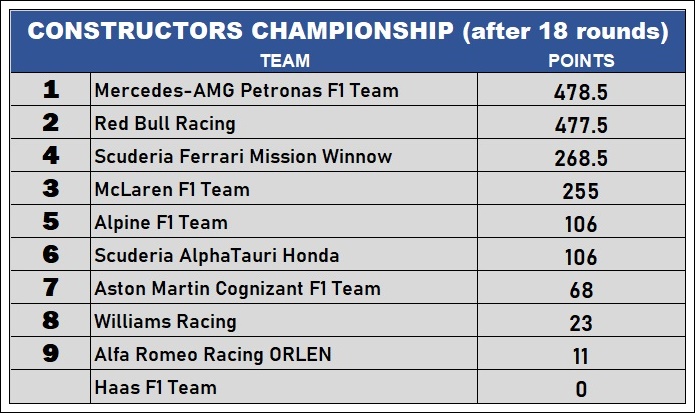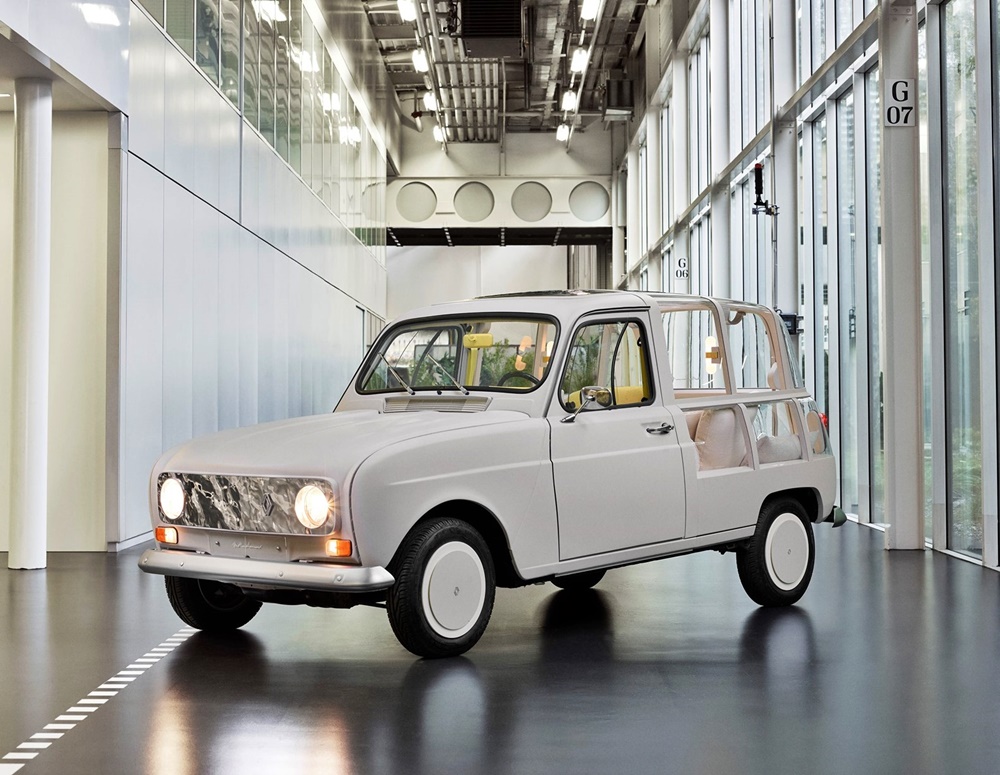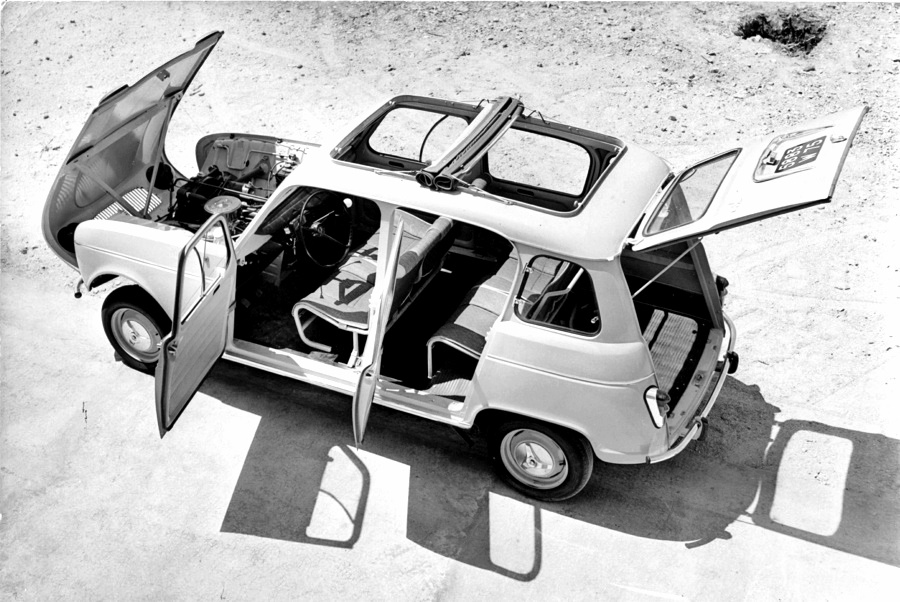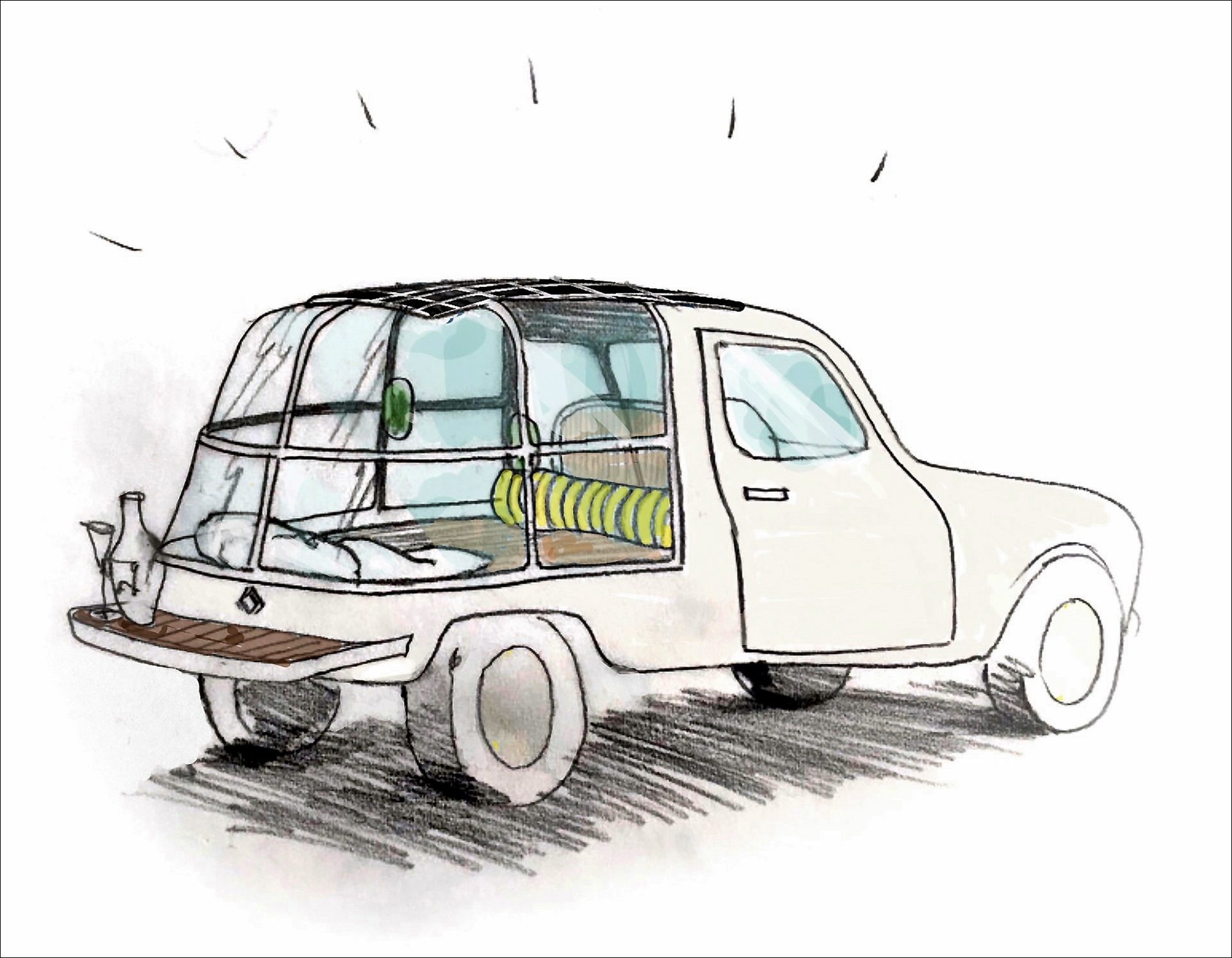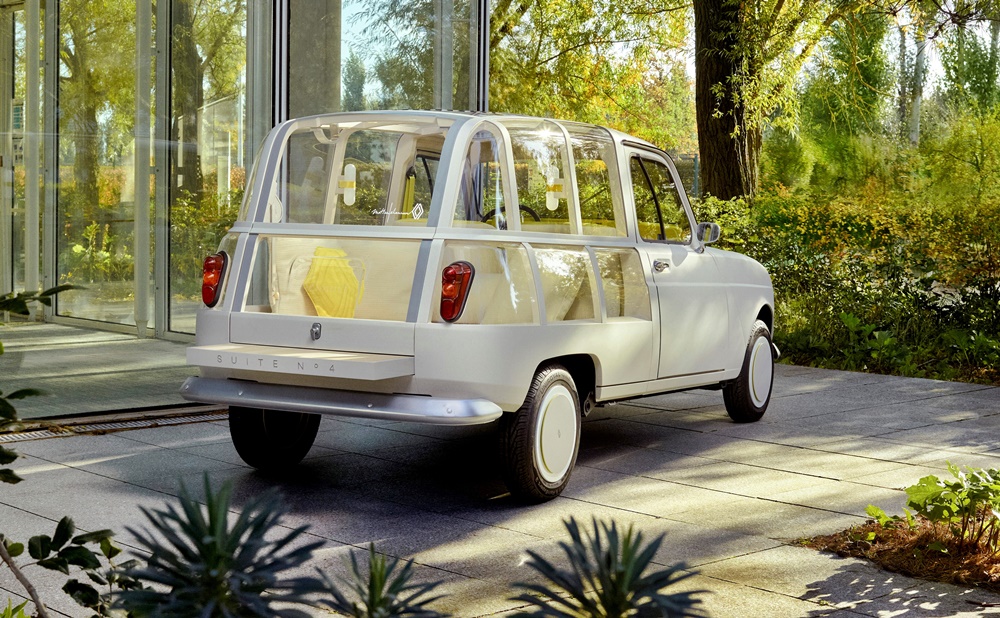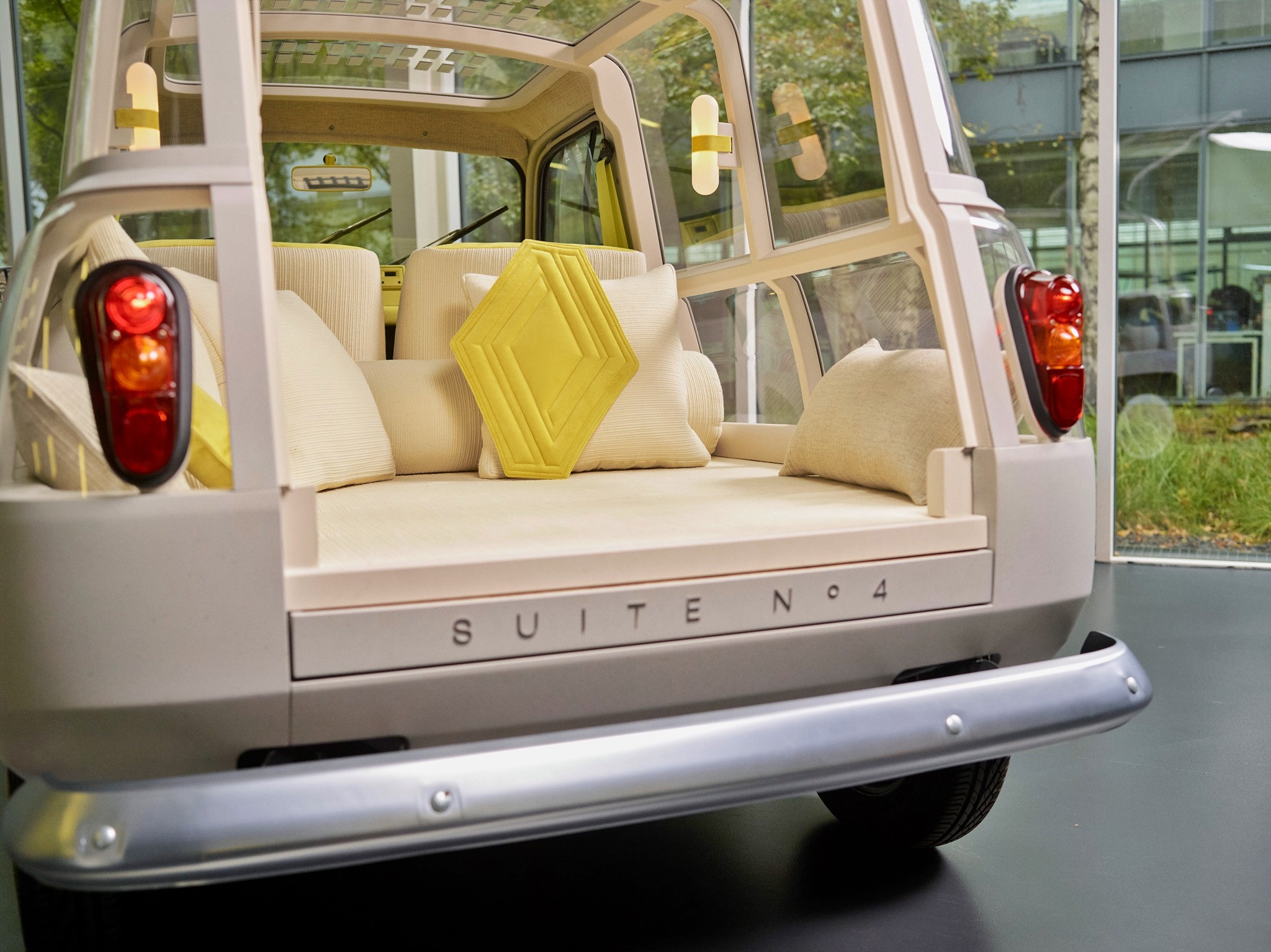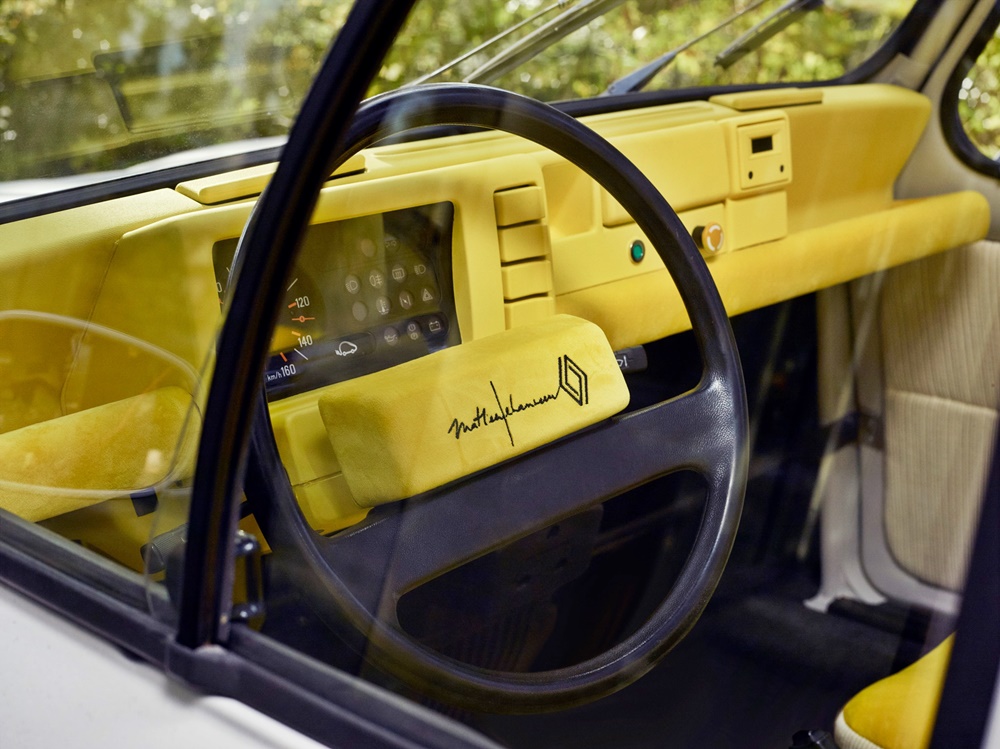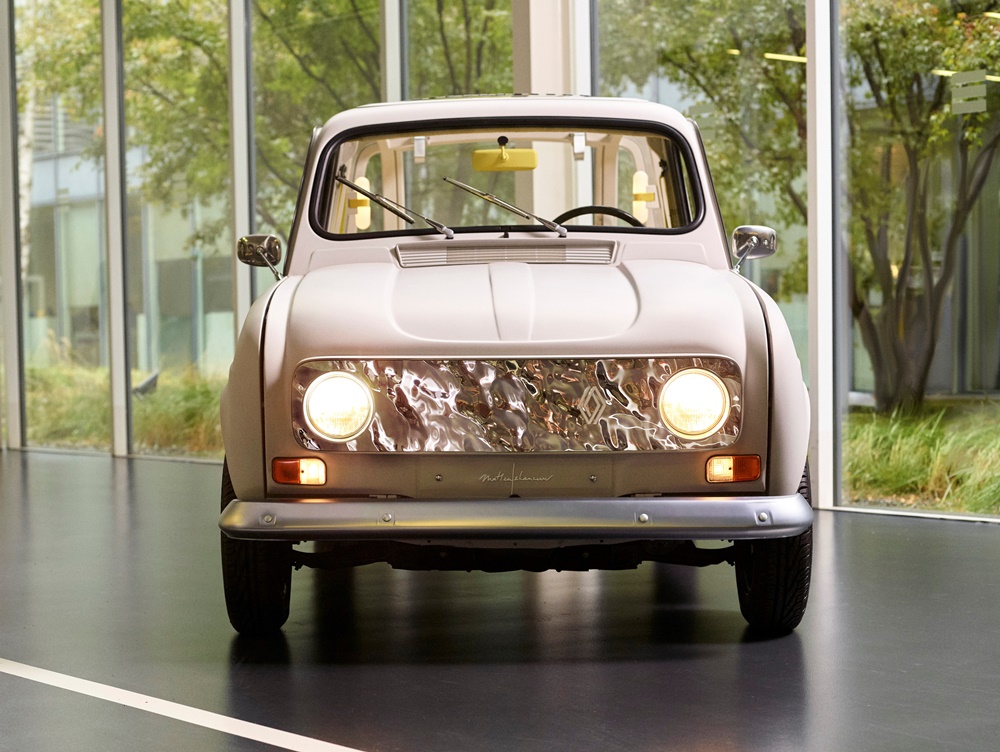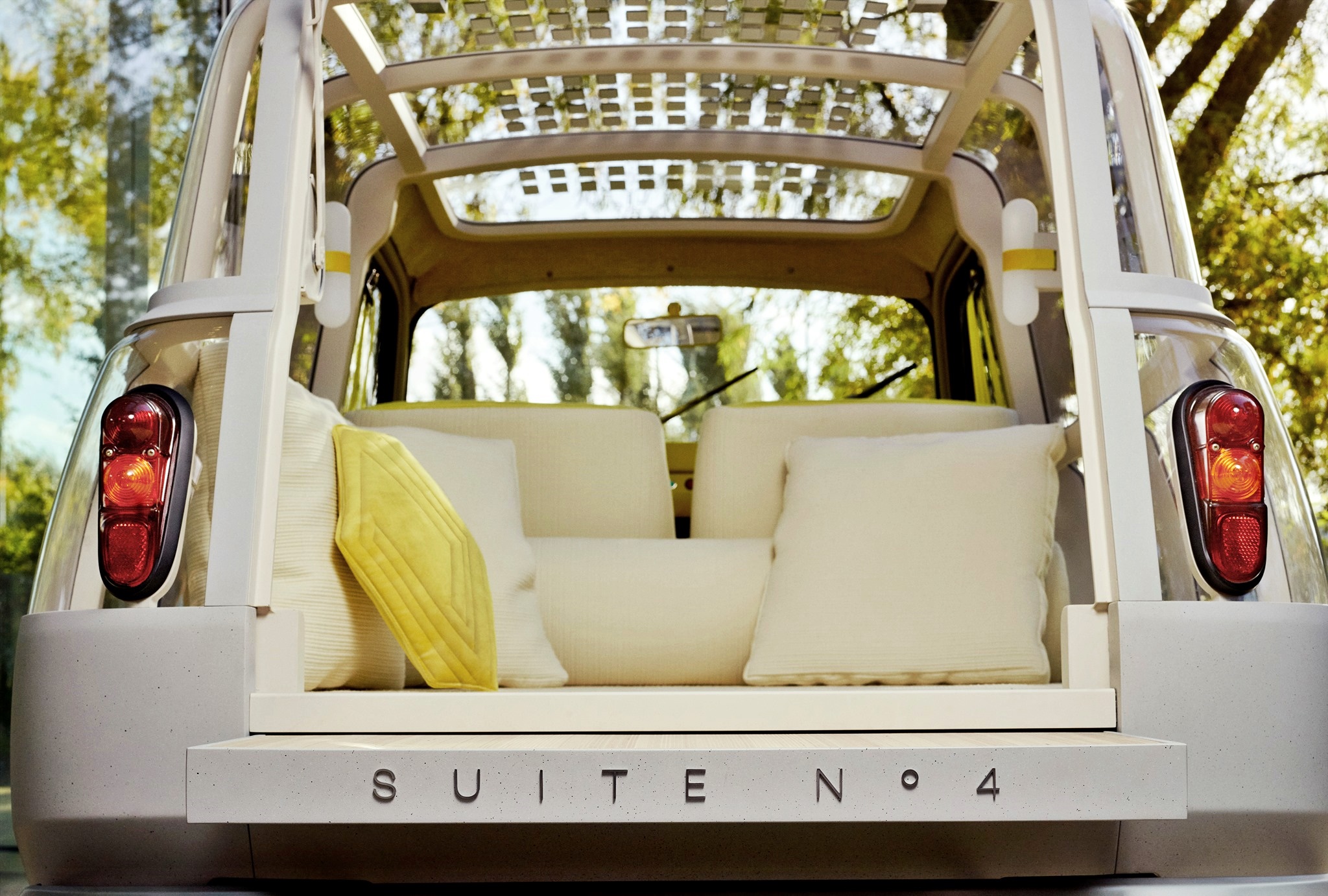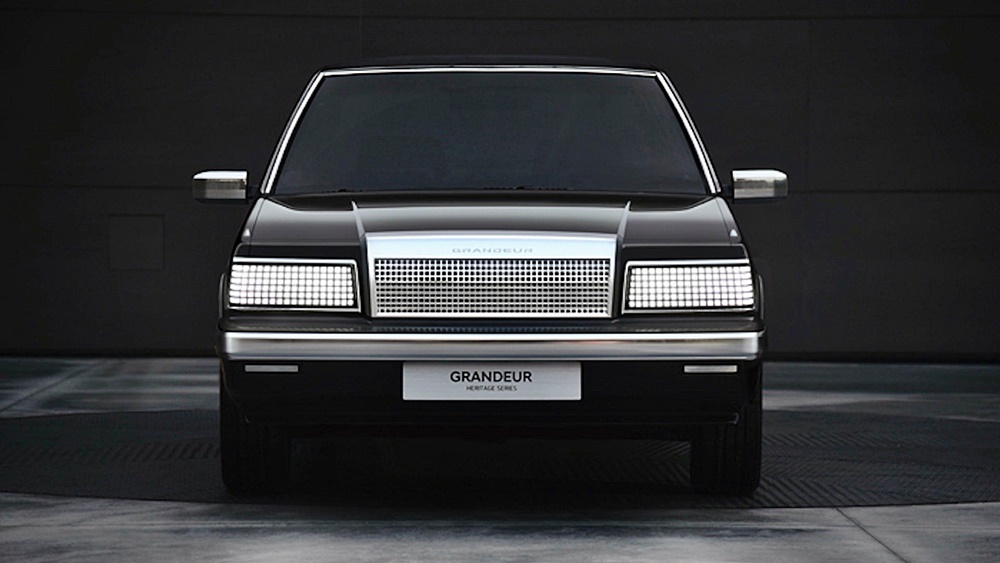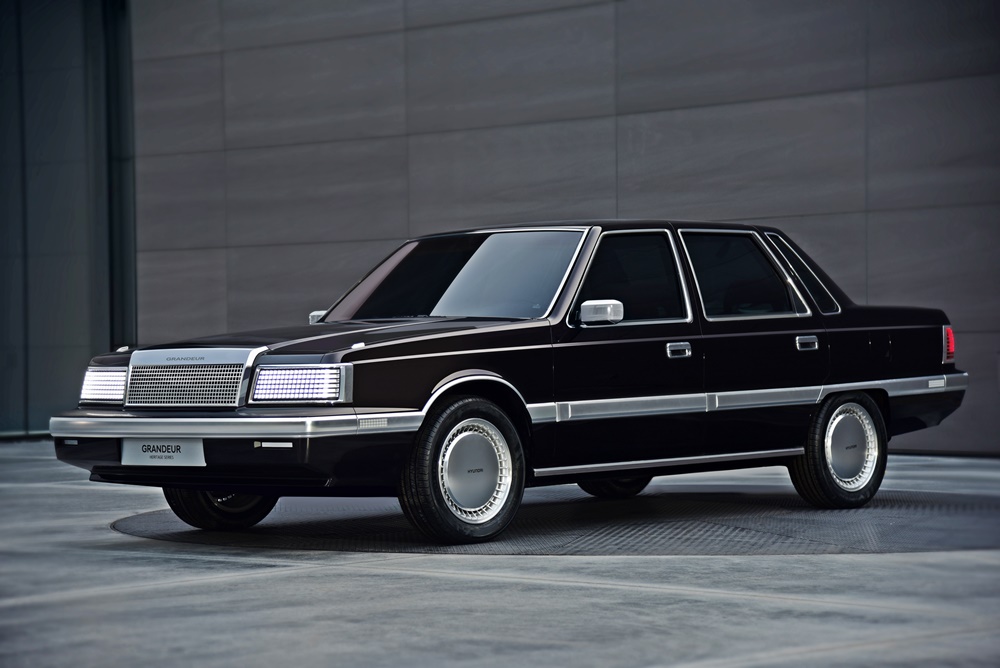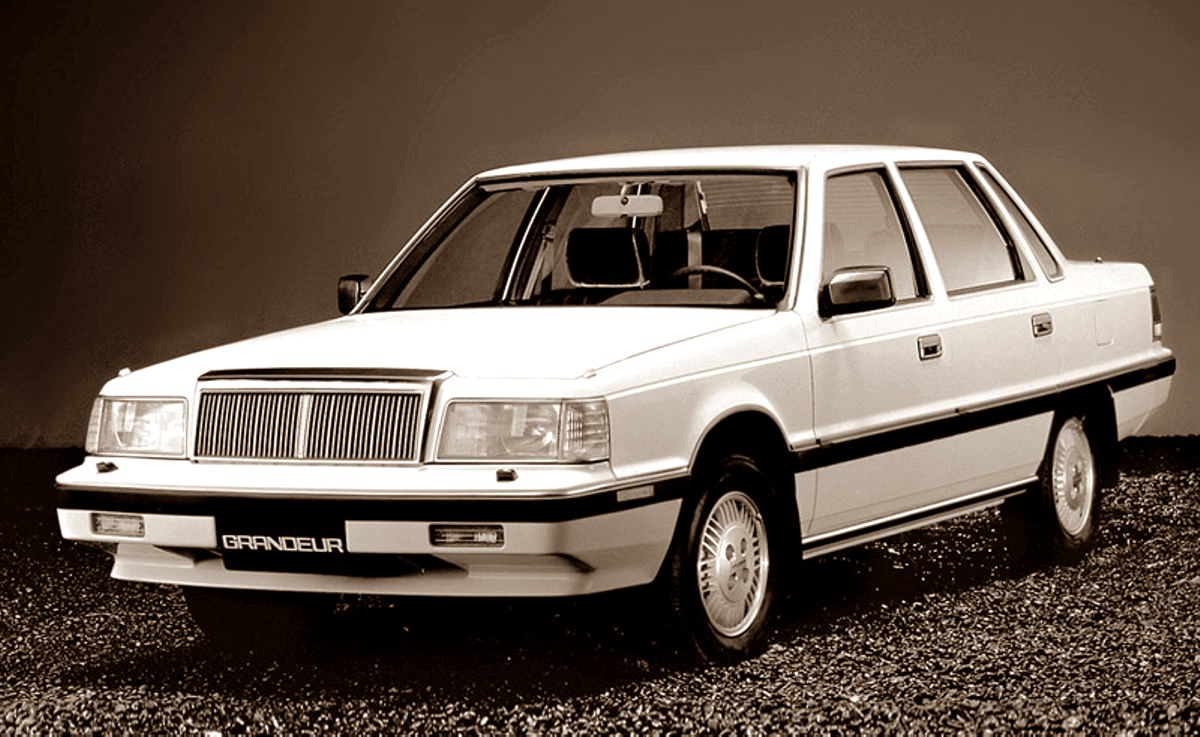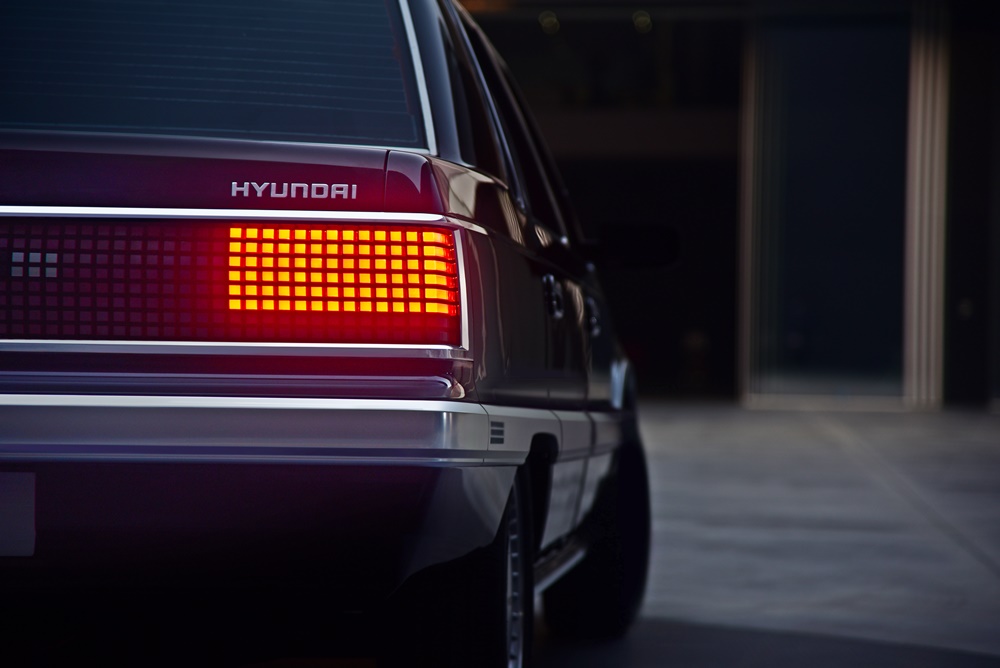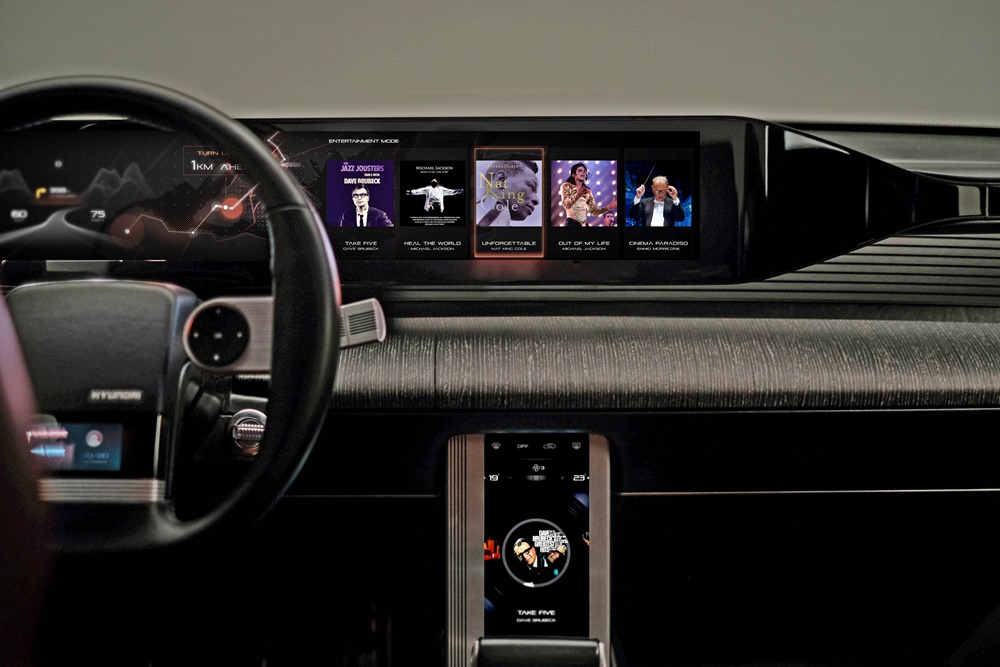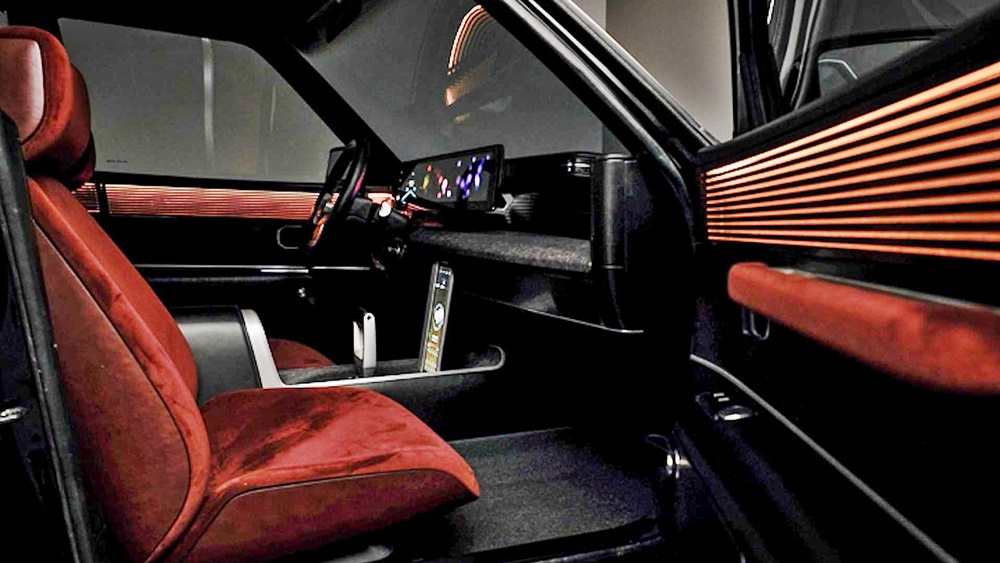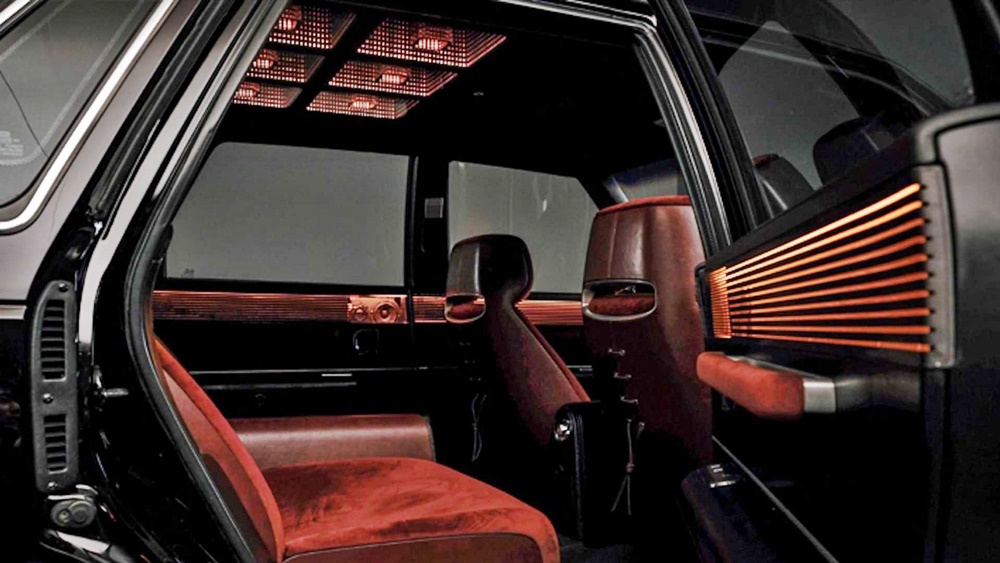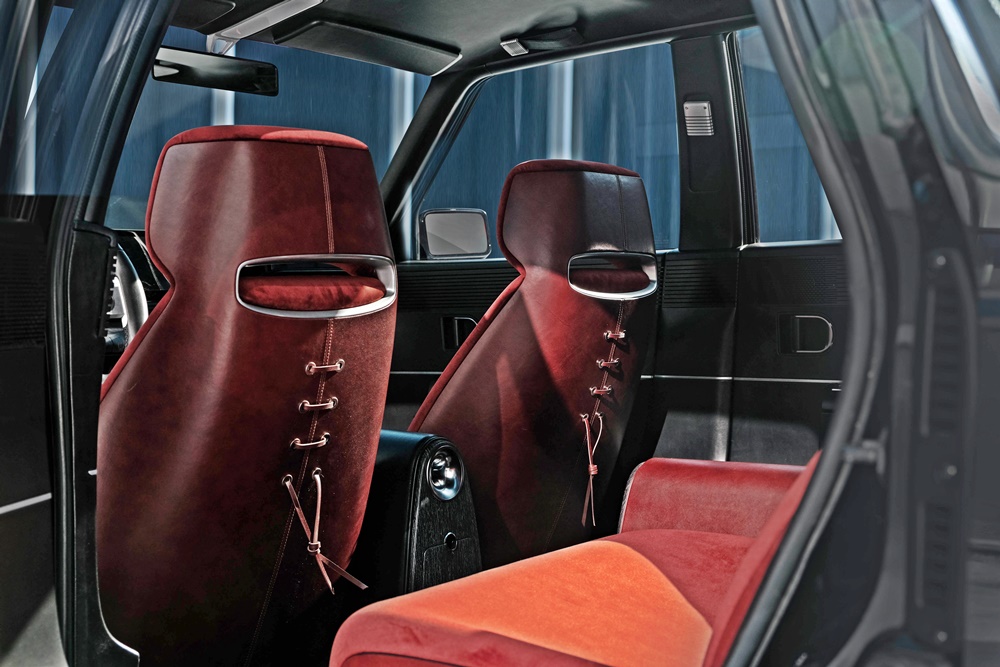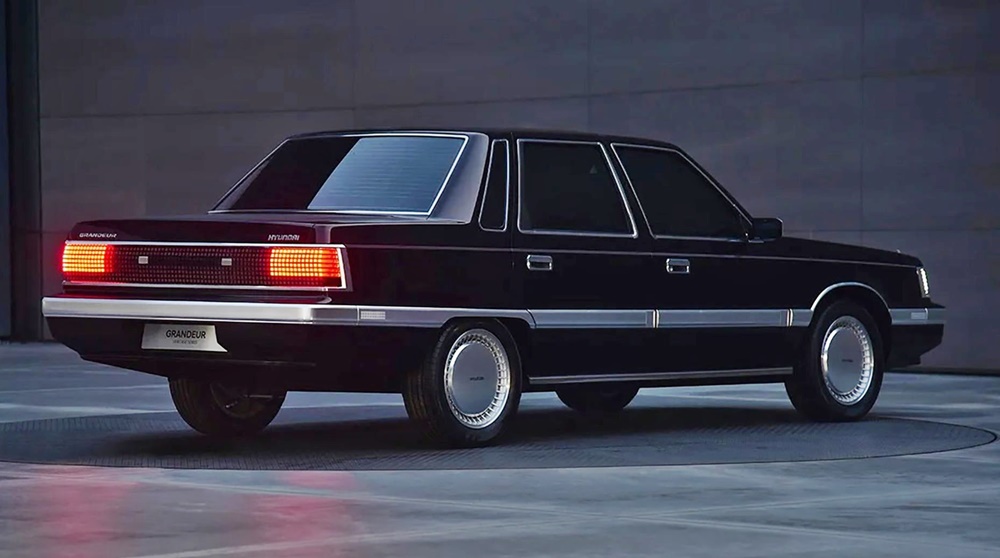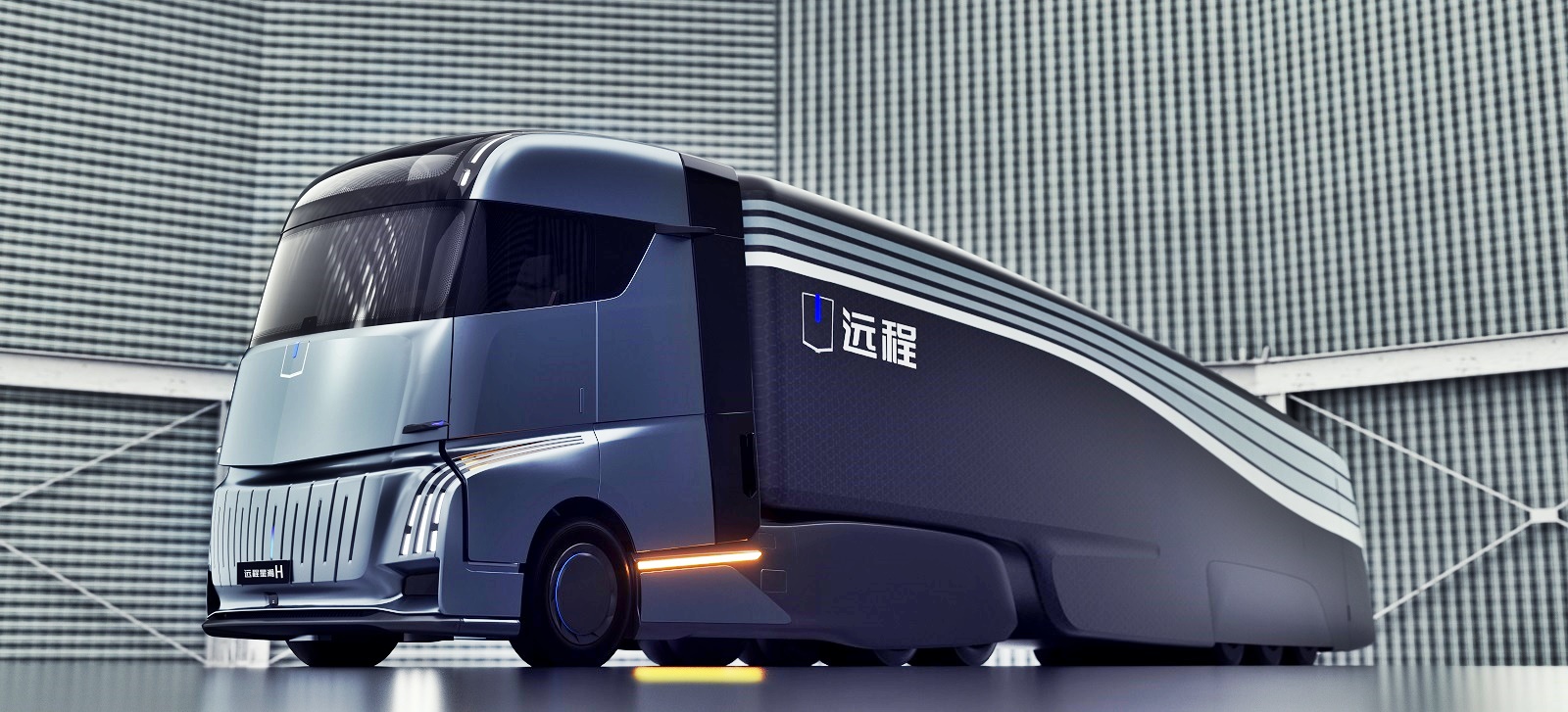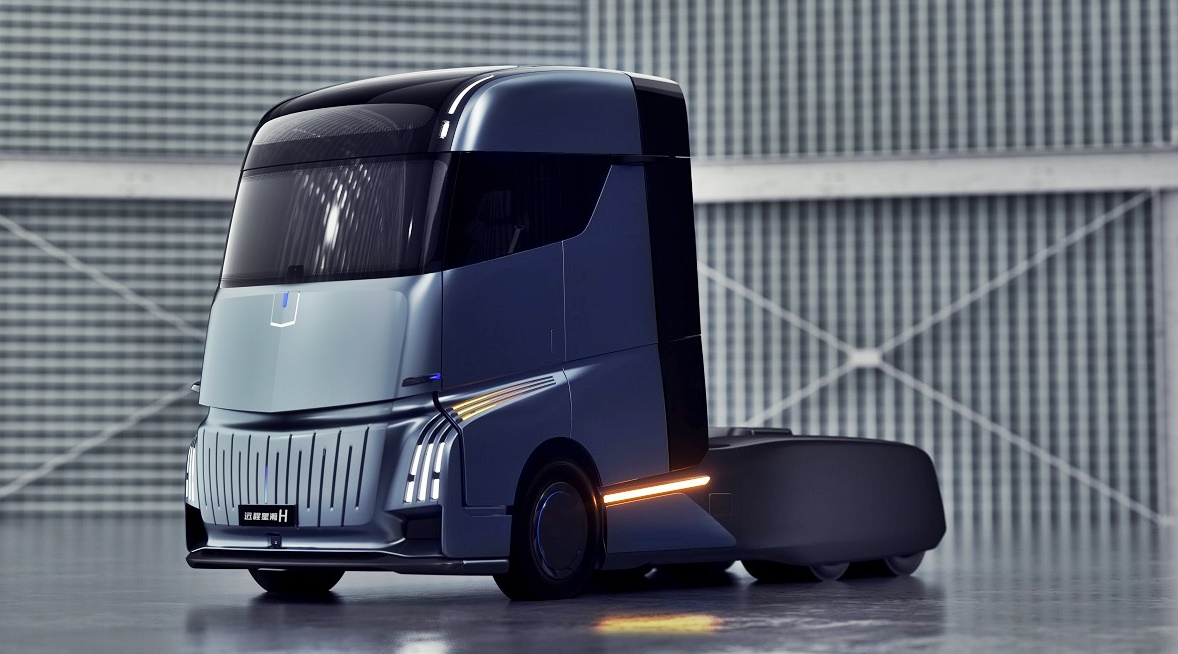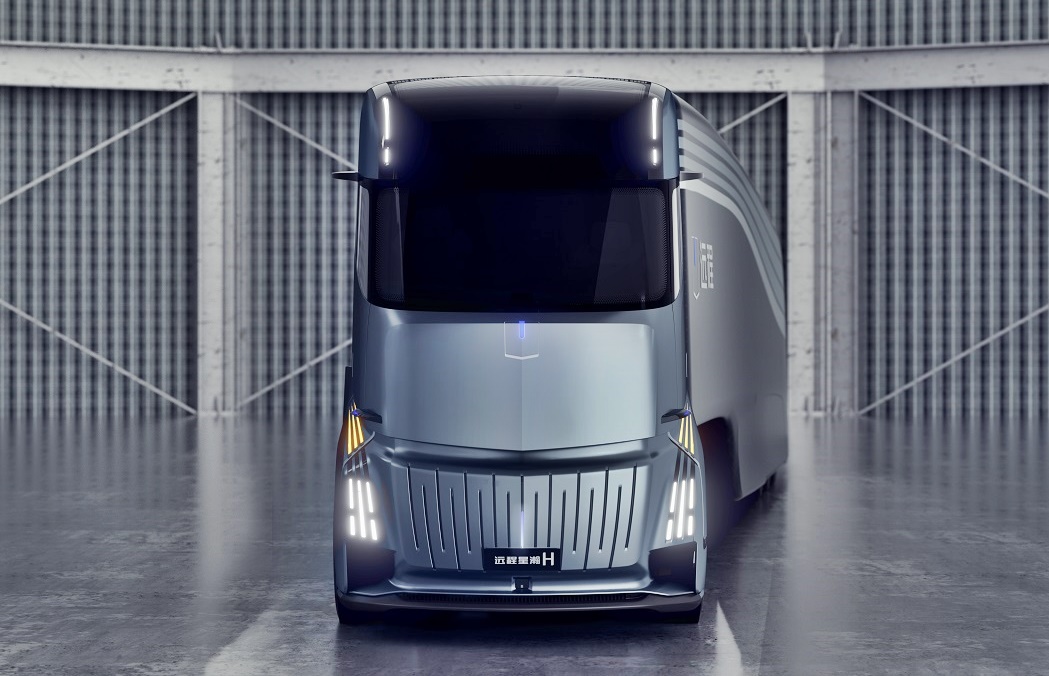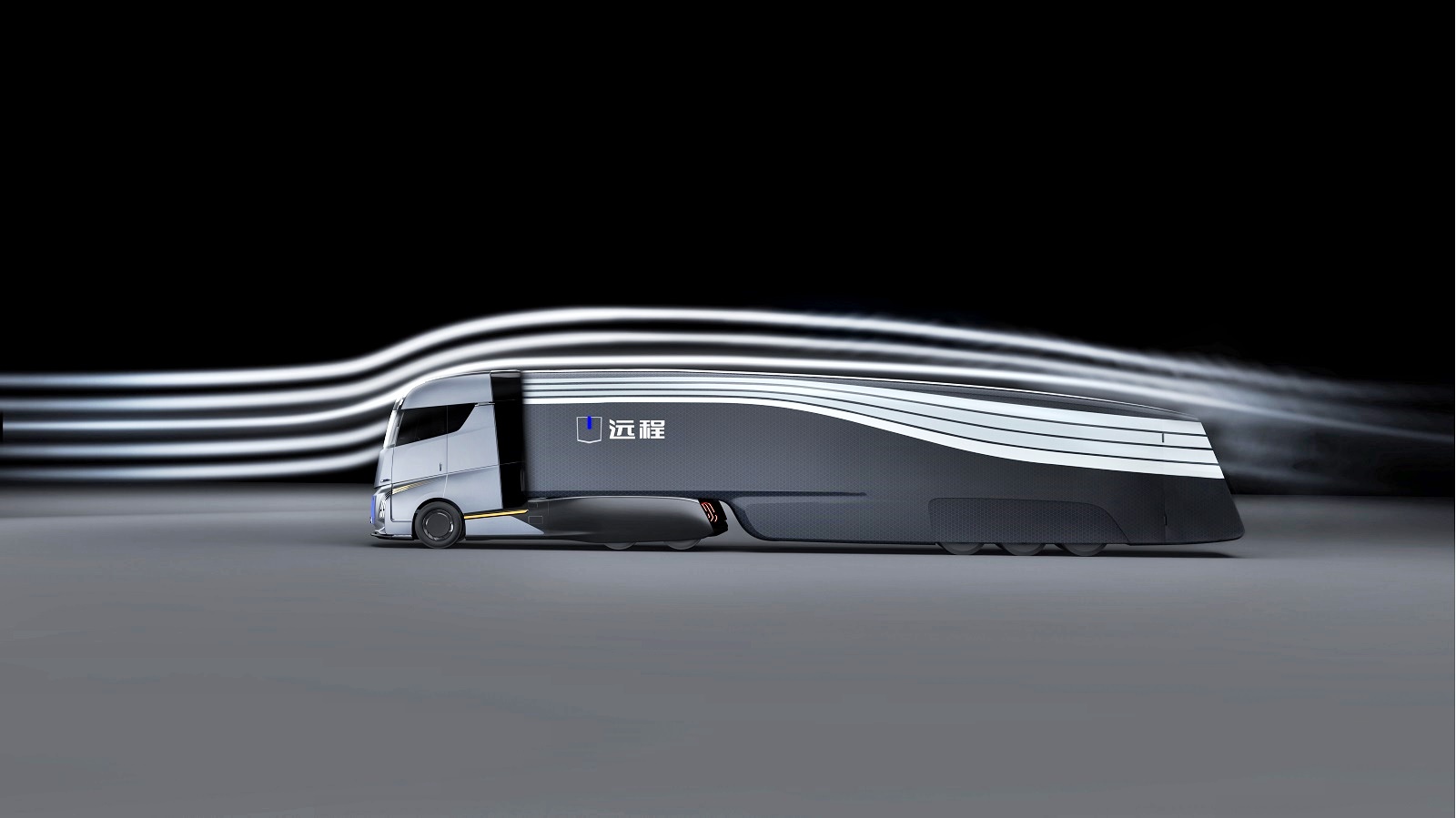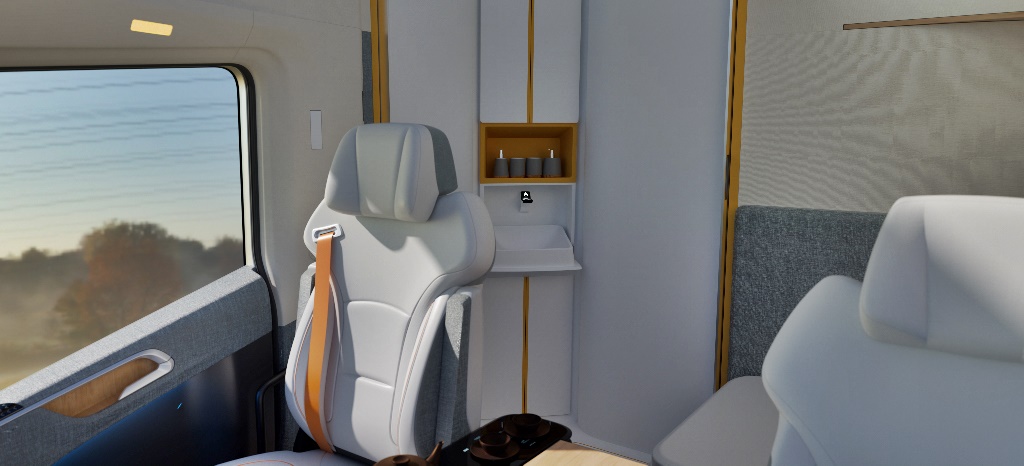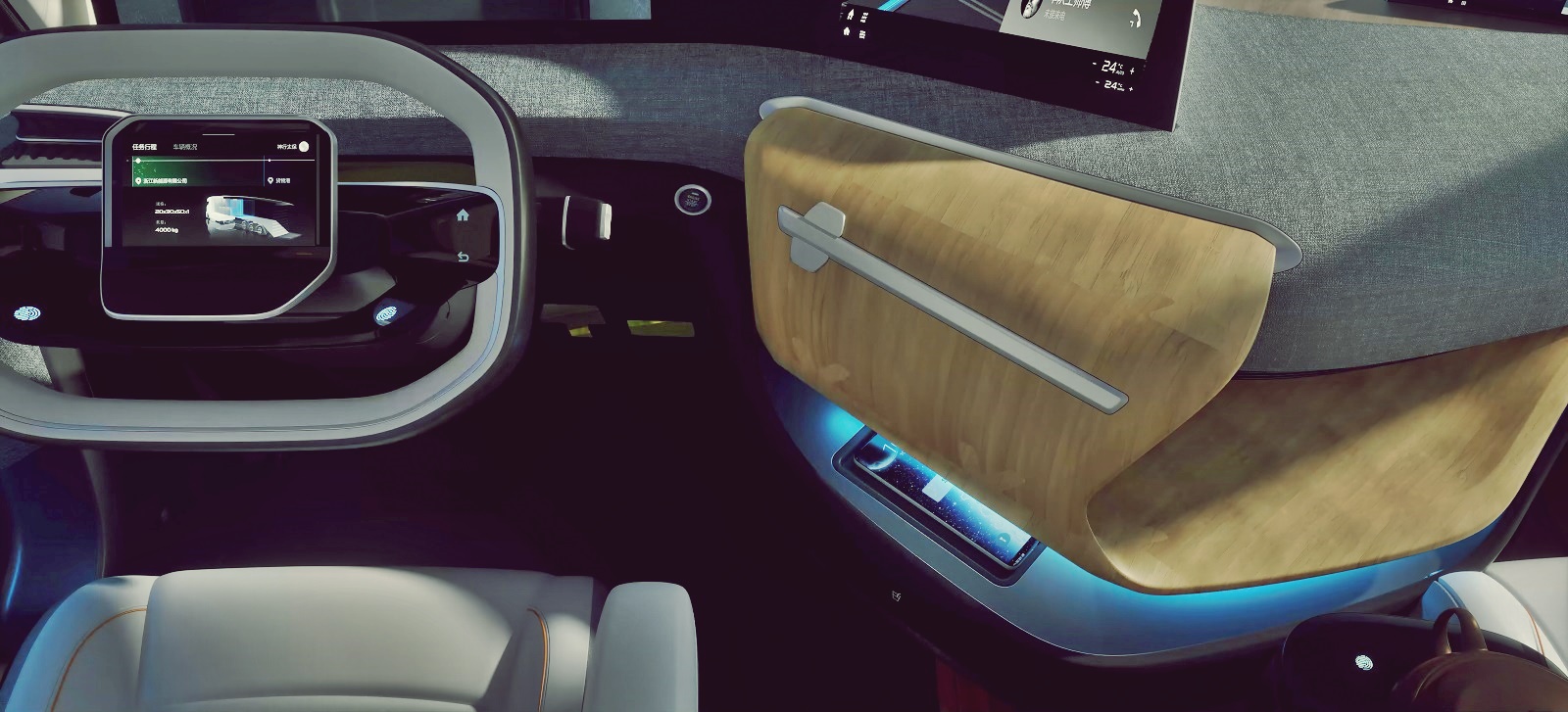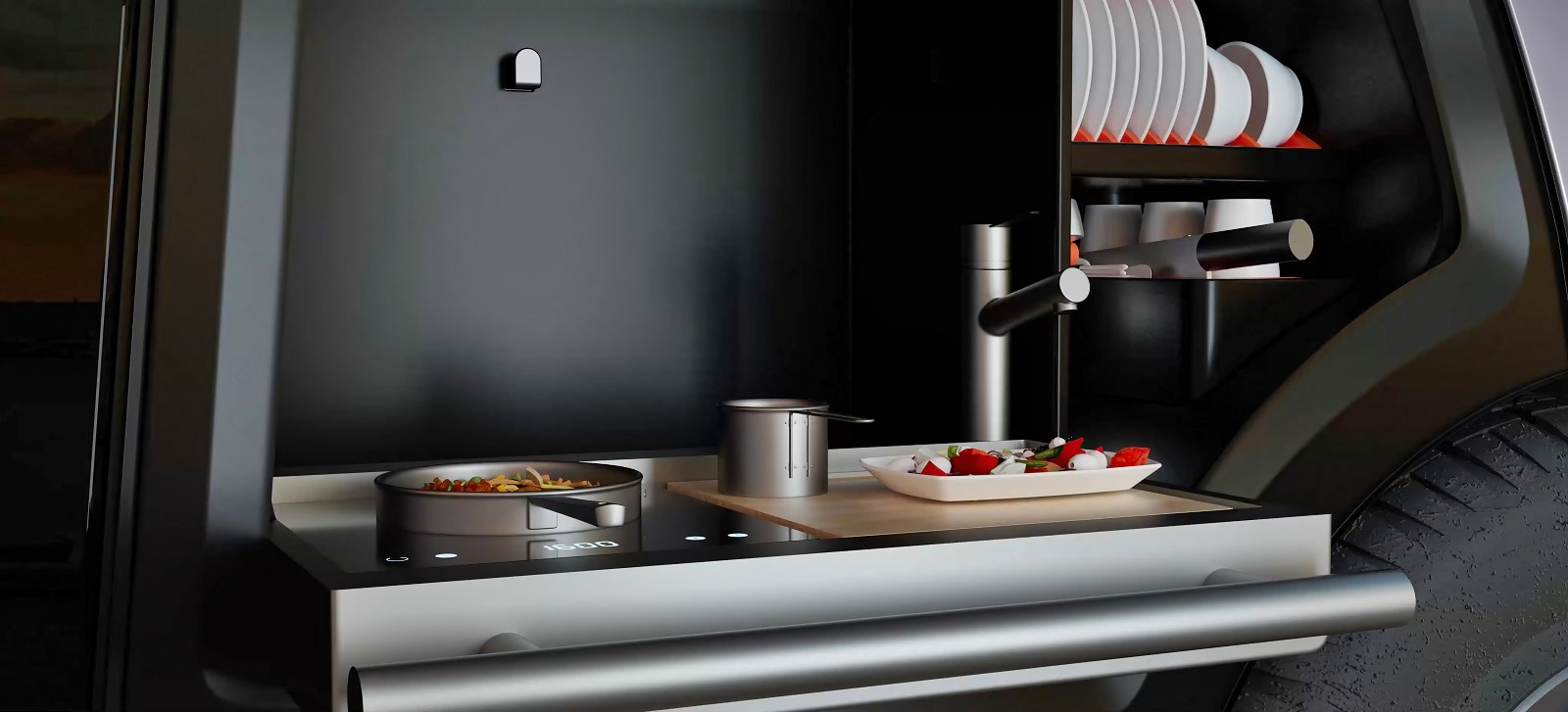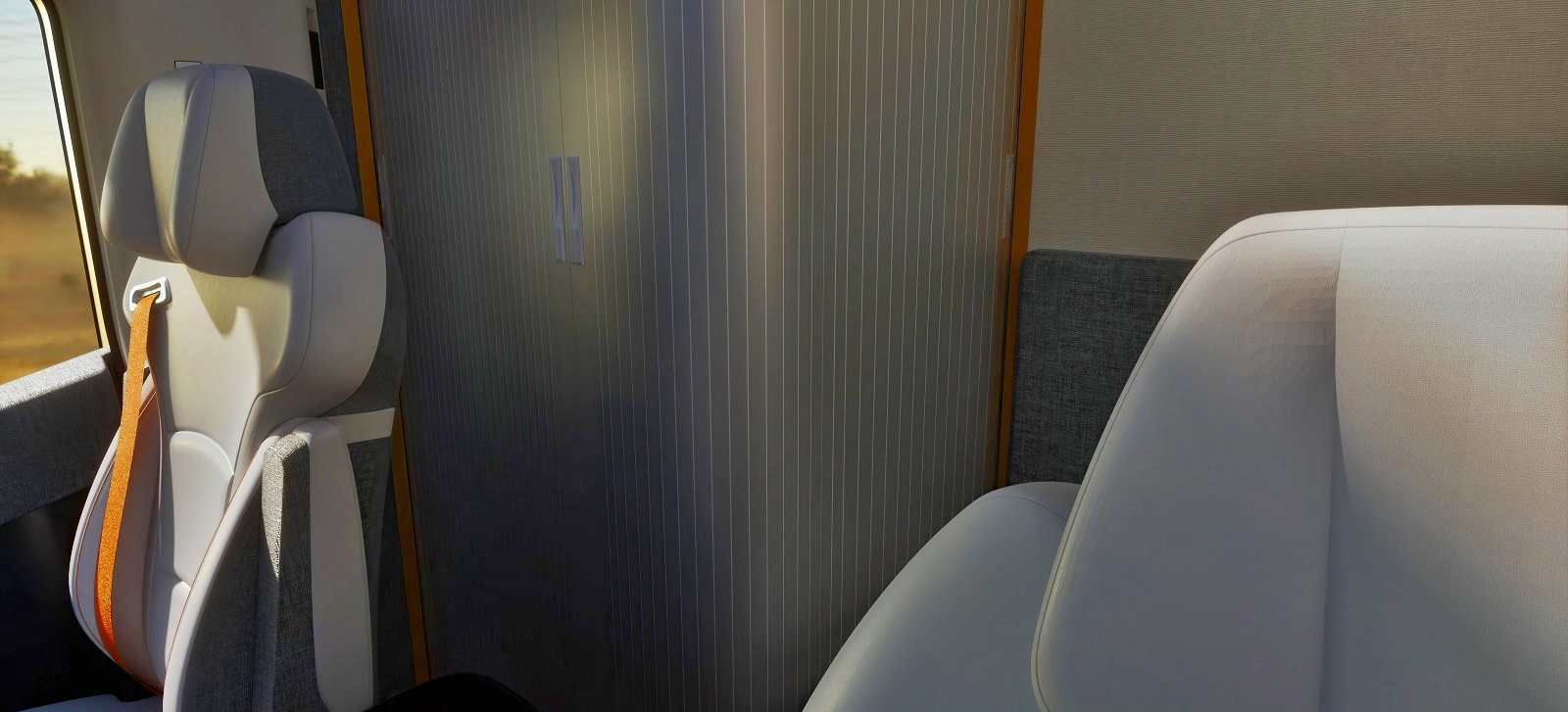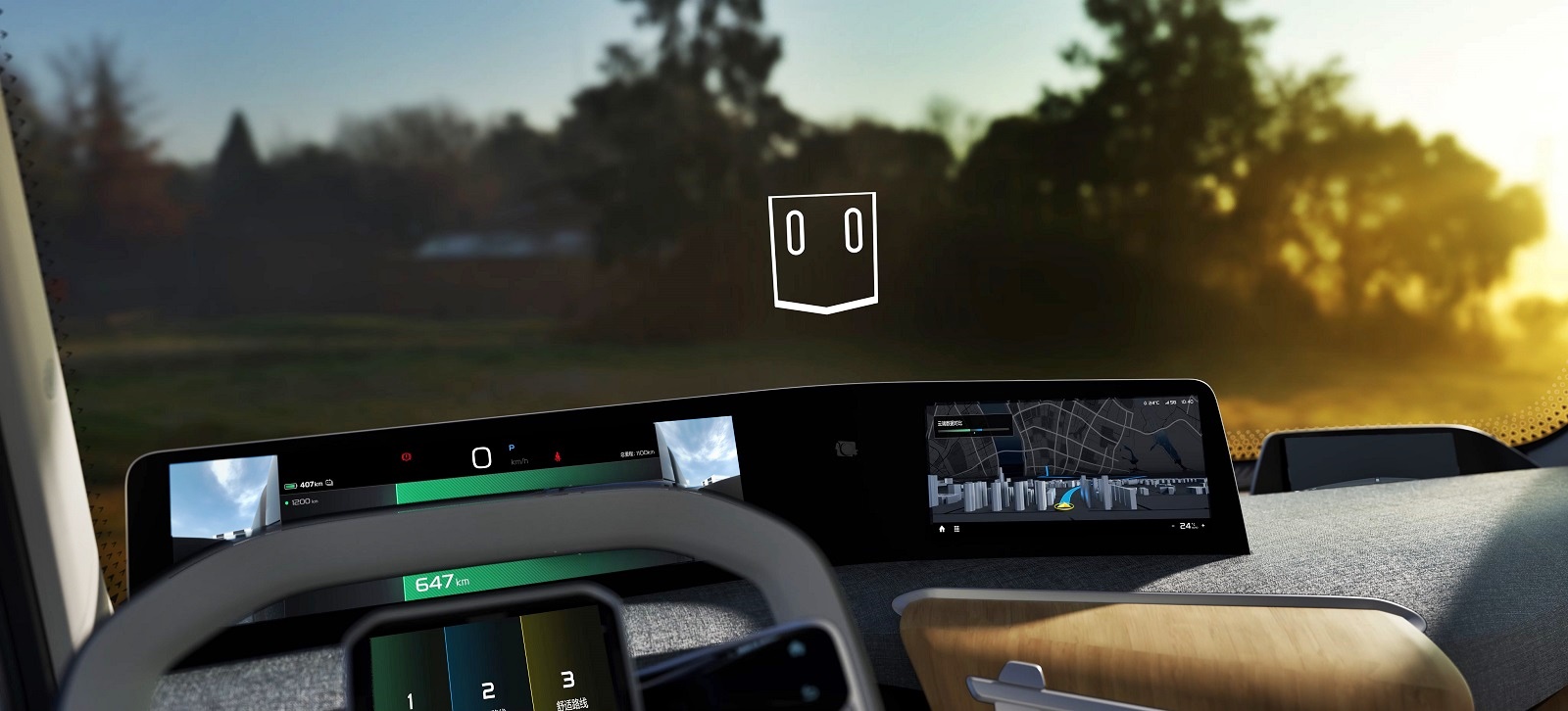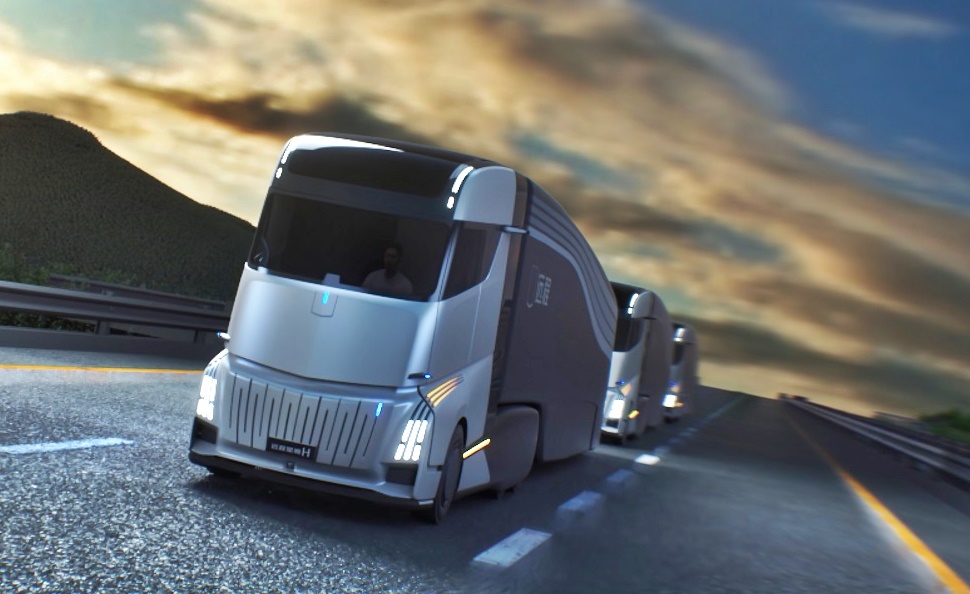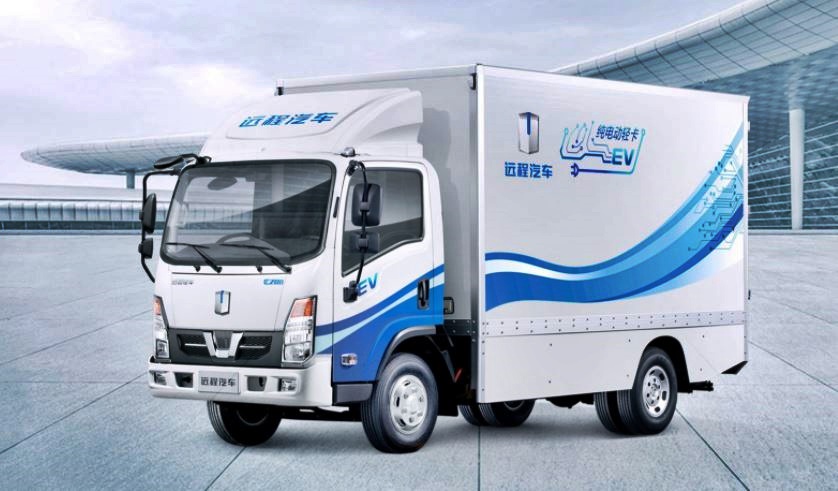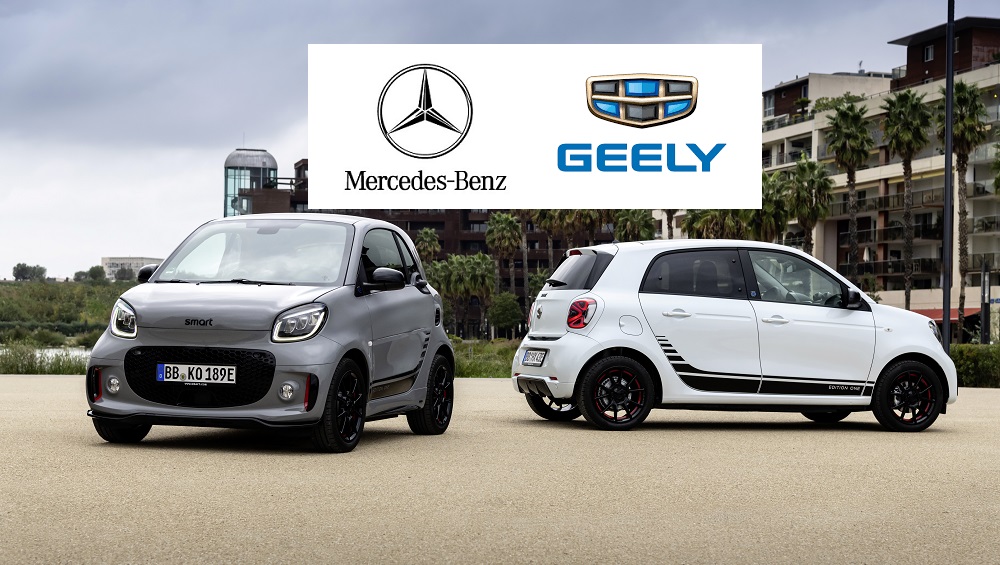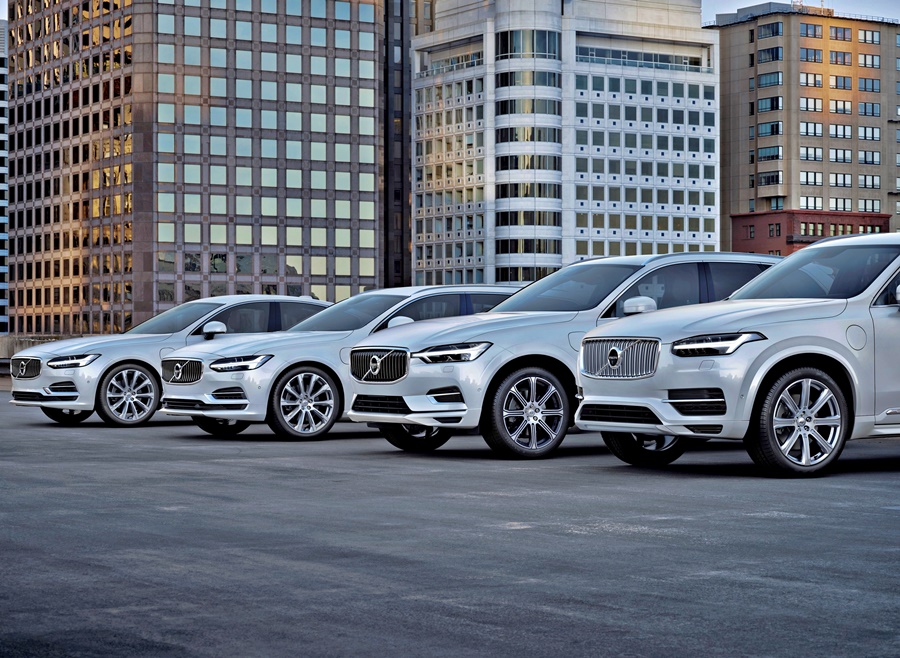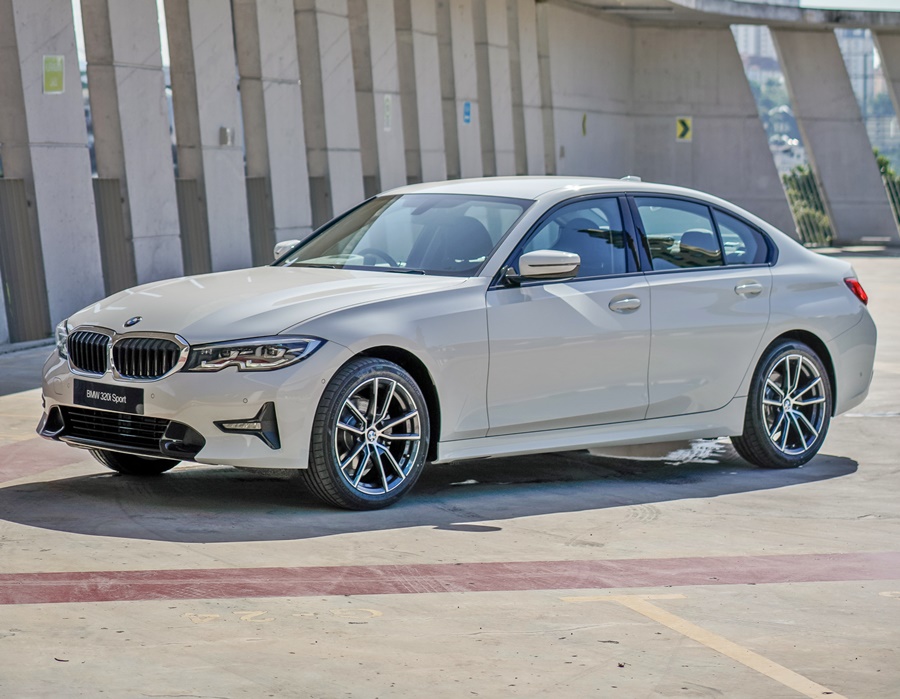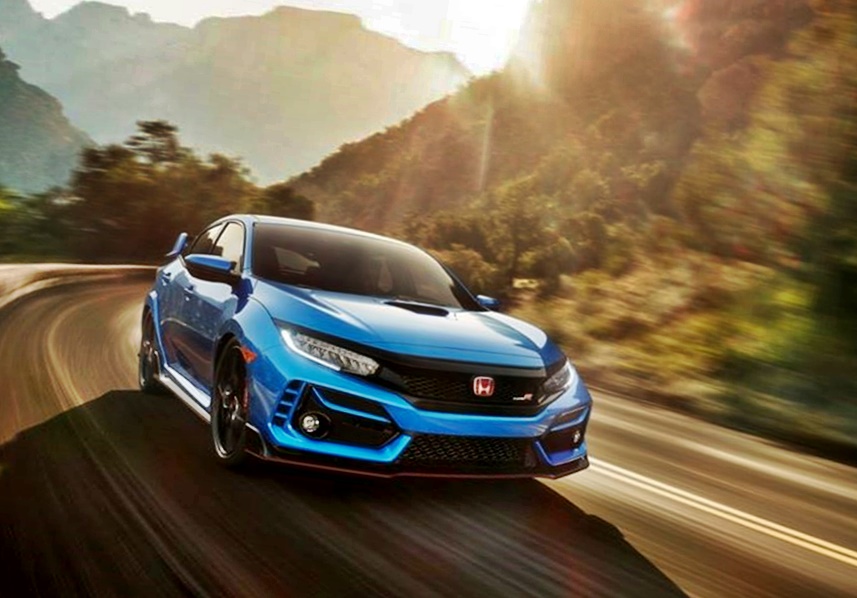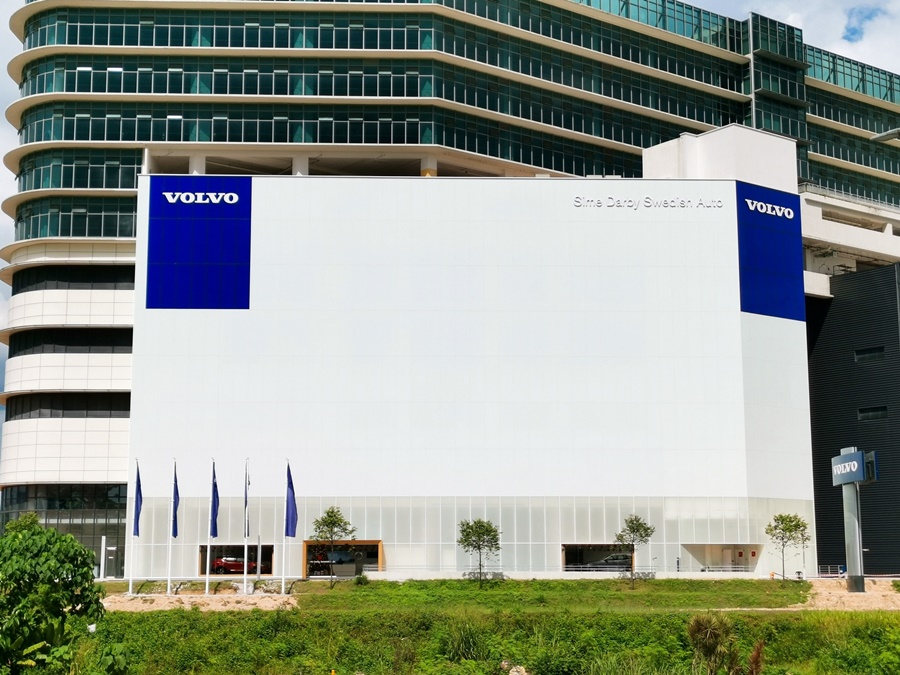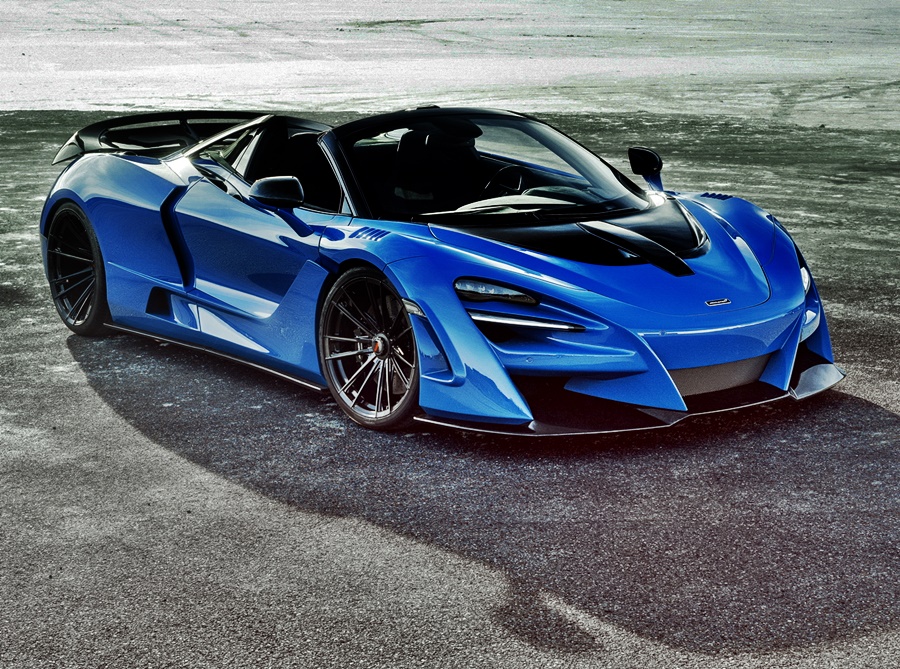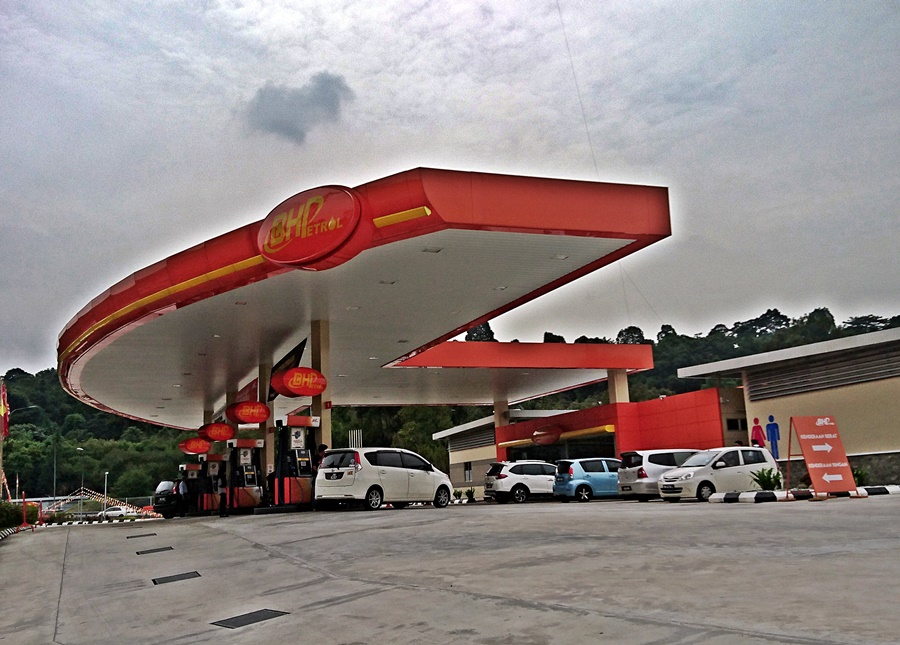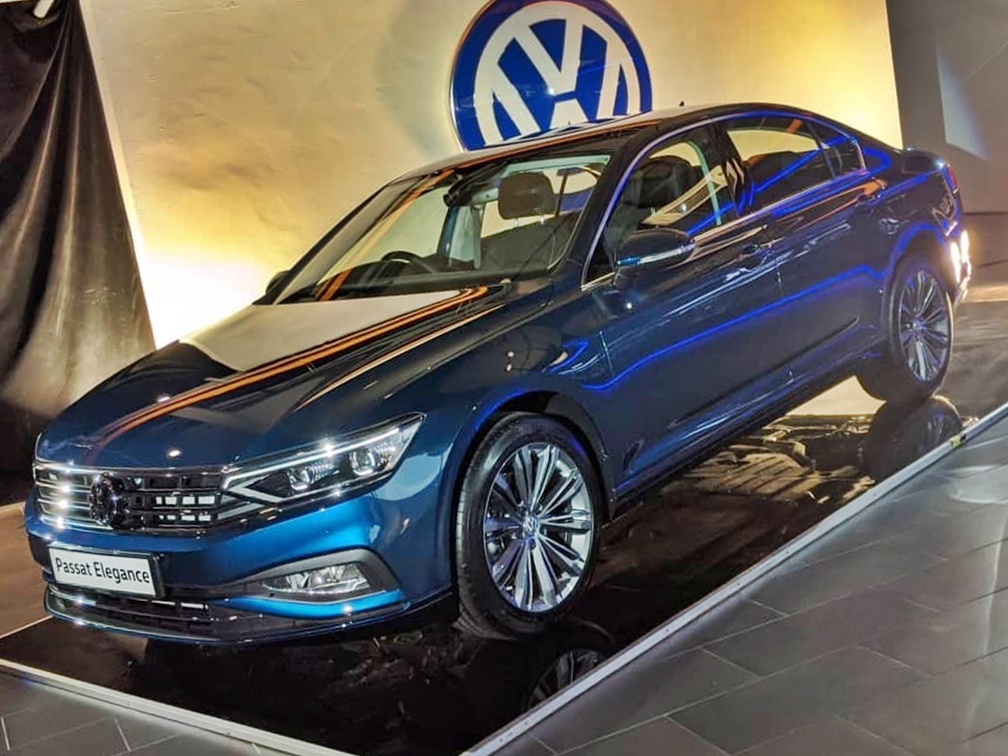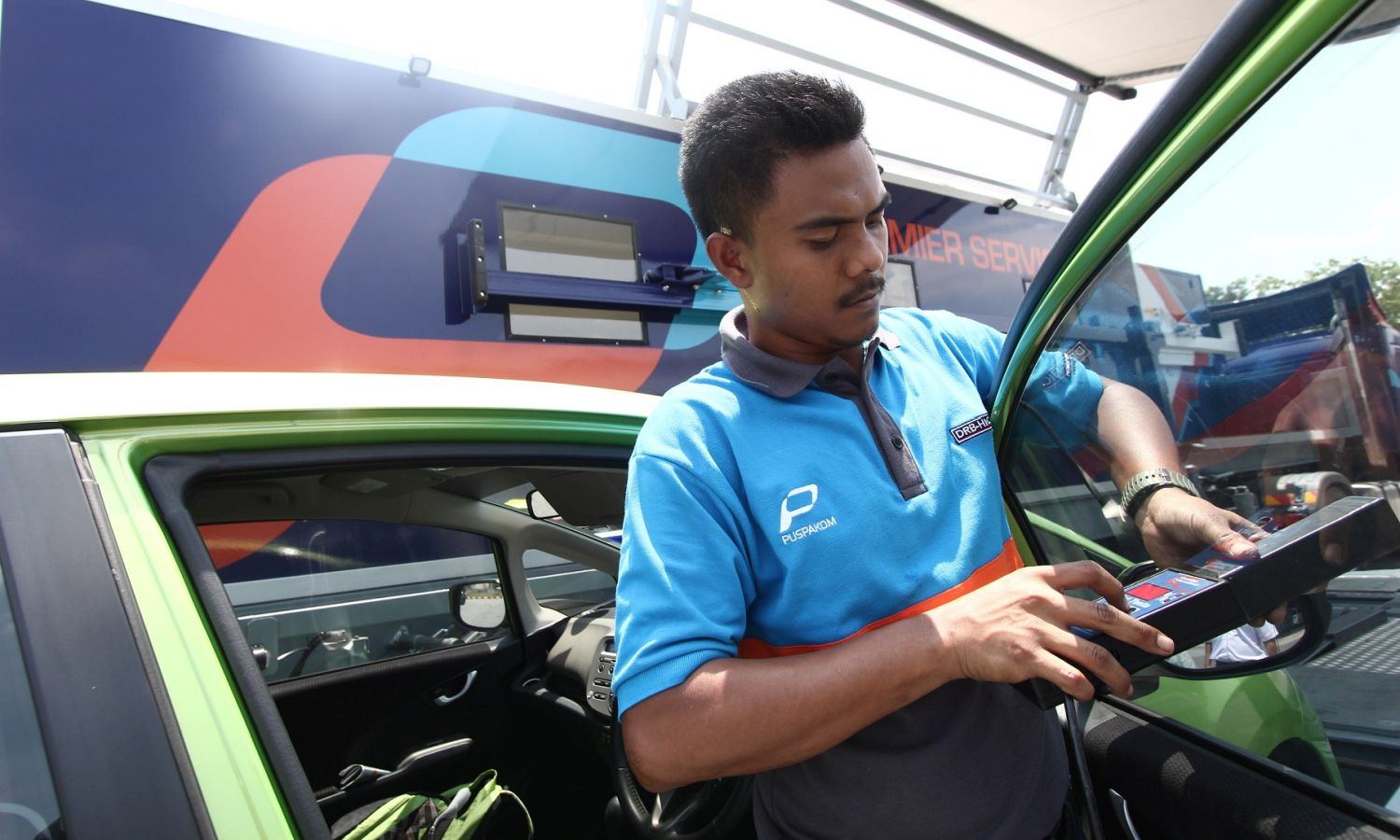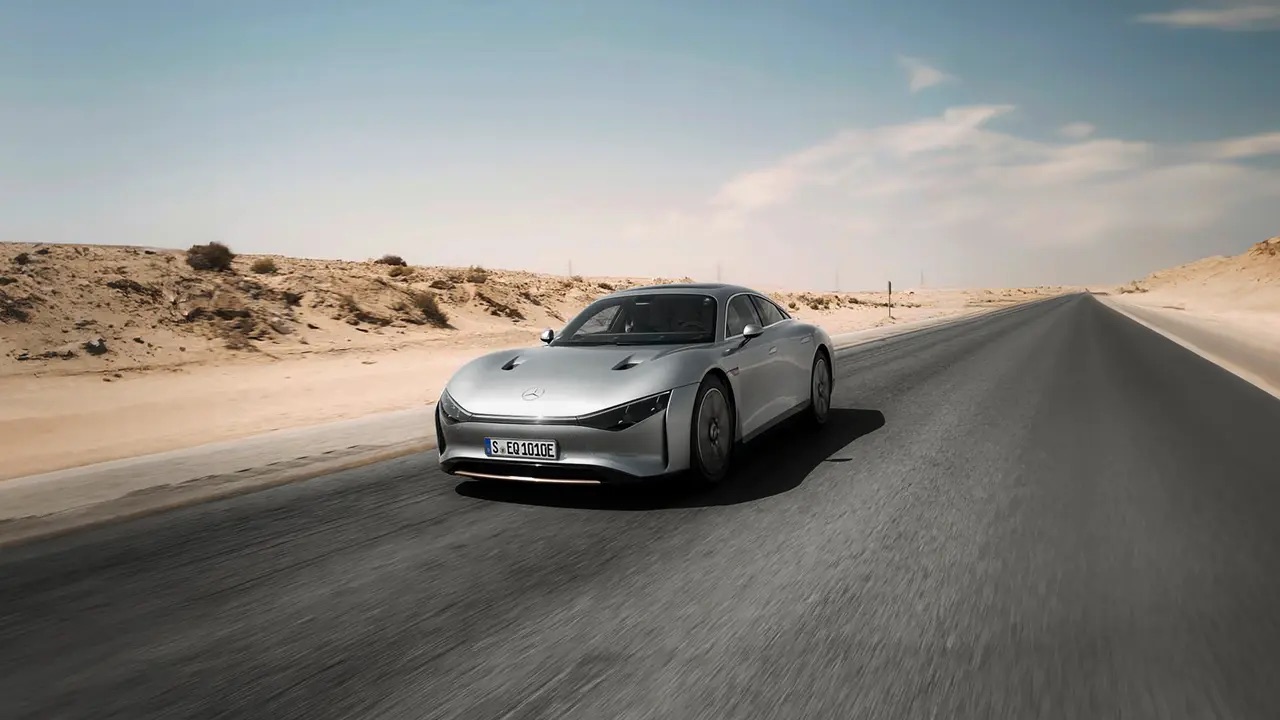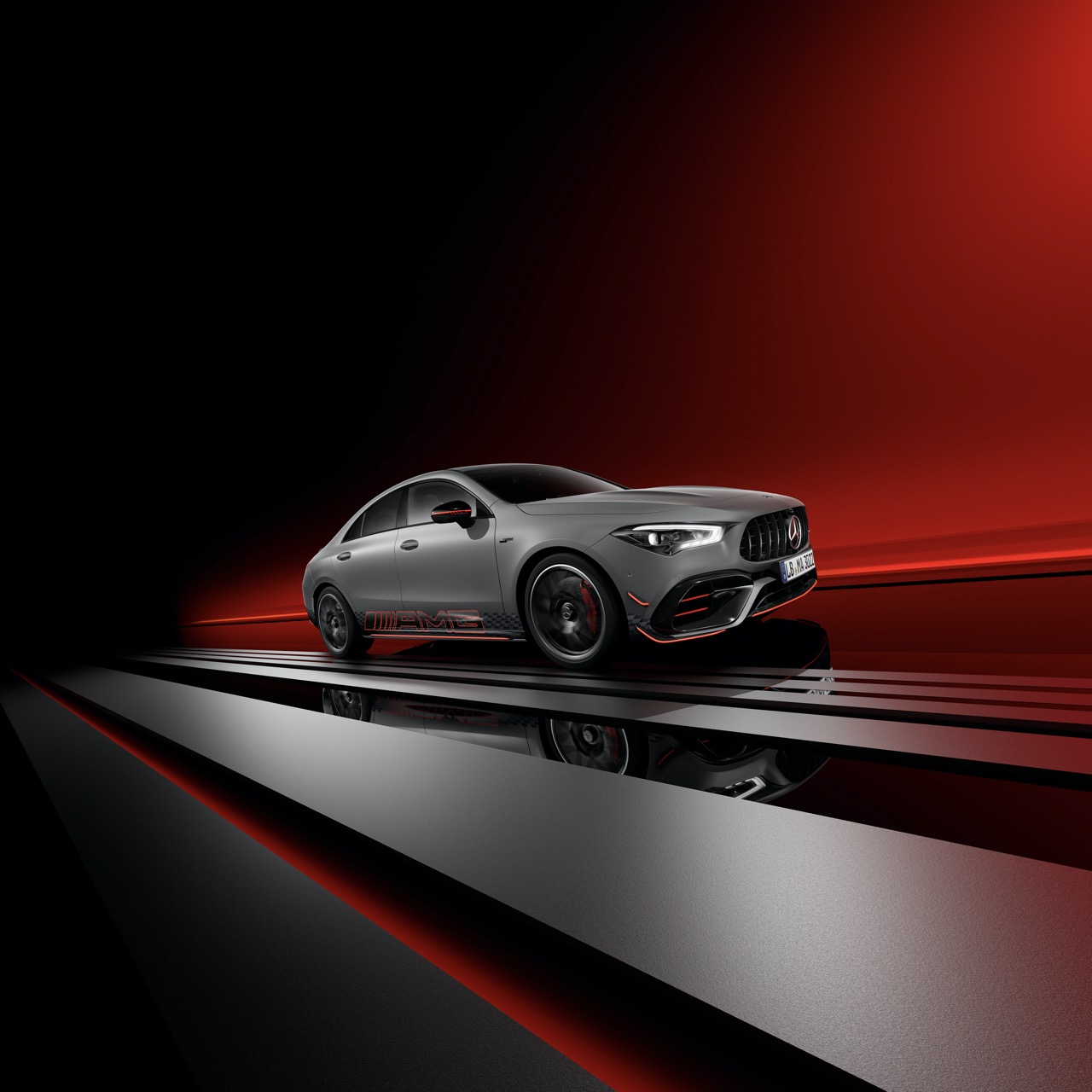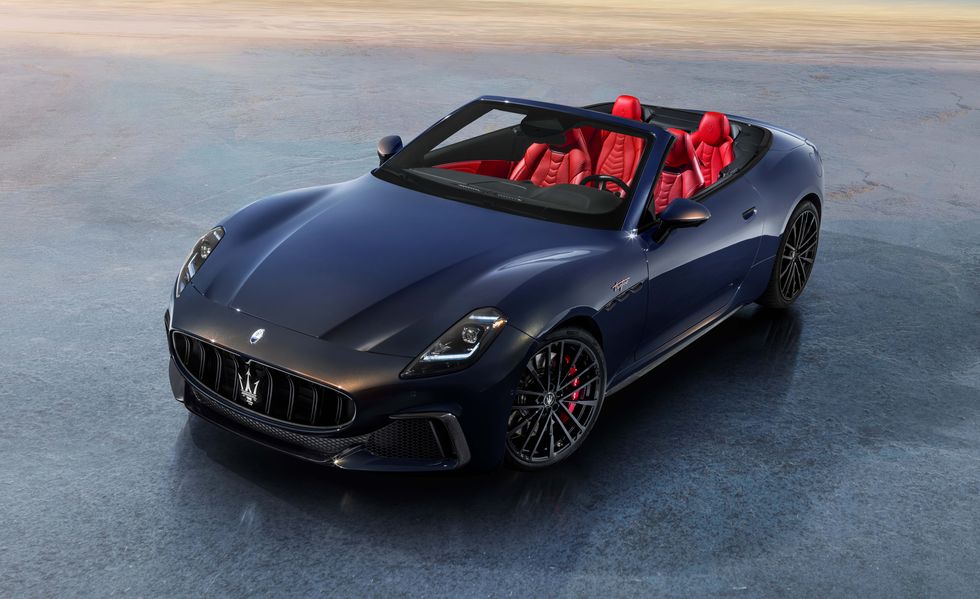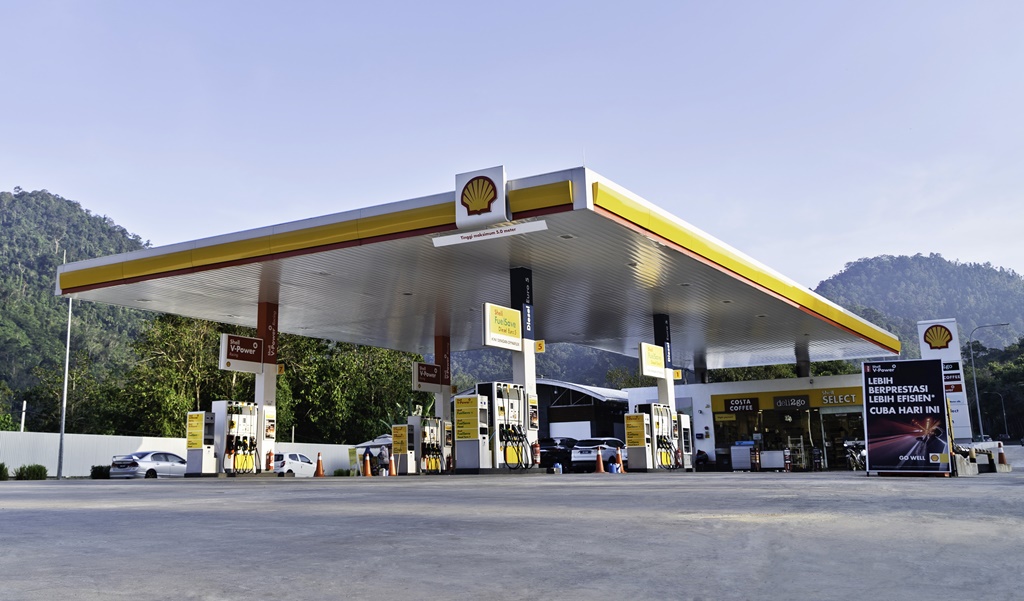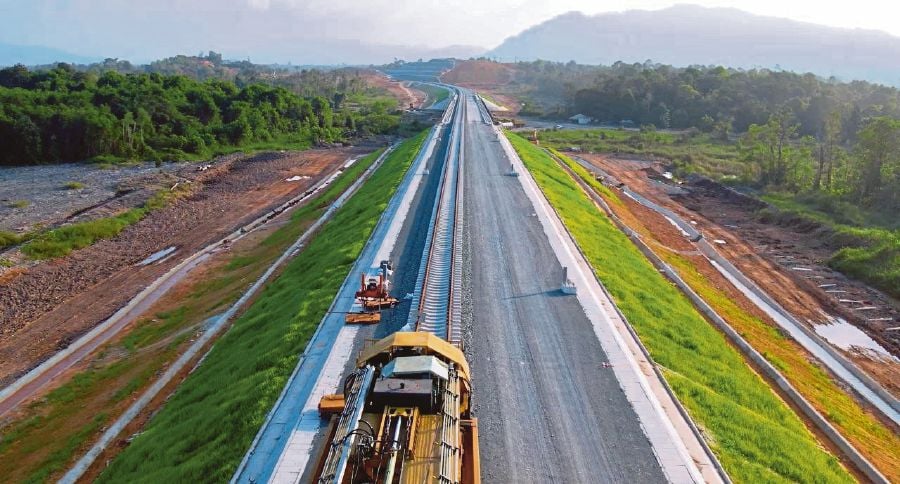In the first 6 months of this year, 1,595 units of Aston Martin’s first SUV and first 5-seater were delivered to customers worldwide, joining the 1,516 units in 2020. That’s not a huge number by global industry standards so it is pretty exclusive (it should be for around RM1 million each) even if you get one in ‘standard’ form. But in that stratospheric segment, most customers want more exclusivity and personalisation, so the carmakers have special divisions to cater to such needs.
For those who prefer not to use the services of the carmaker, there are also companies that specialise in personalisation of any motor vehicle – in appearance, in fittings and even in upgrading performance. In recent years, such companies have given attention to SUVs, which even the luxury brands could not ignore.
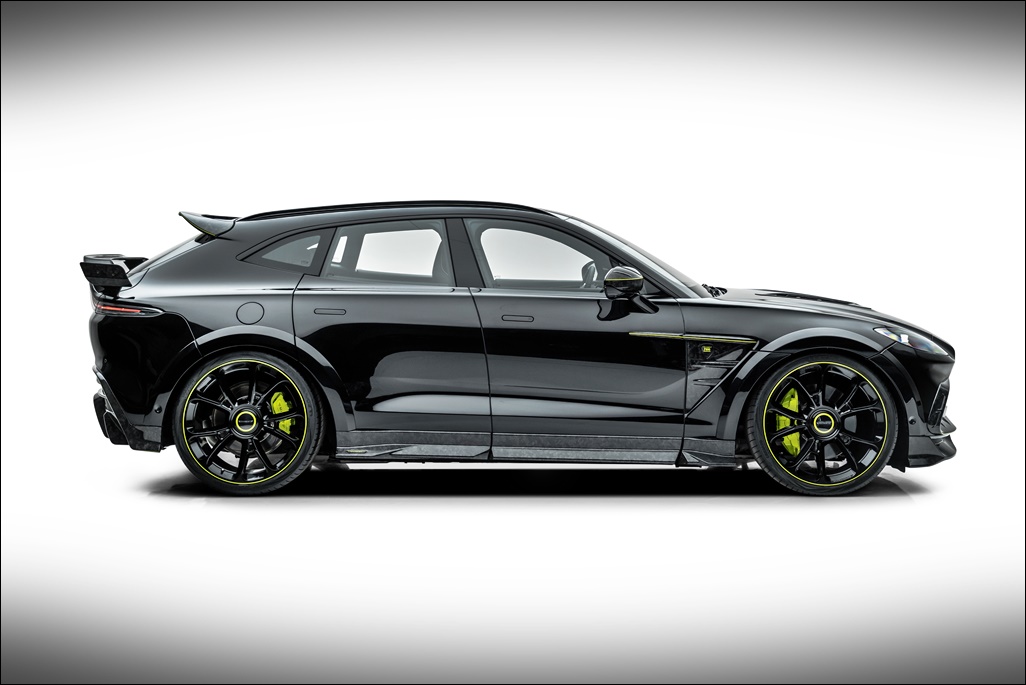
One of them is MANSORY, the 32-year old car modification firm based in Germany. MANSORY has already done a number of luxury SUVs and now with Aston Martin’s DBX also in the market, it offers a more exclusive model for those who must be different.
The company has developed a complete conversion for the SUV which includes upgrading of the engine by the Performance Department. The V8 twin-turbo engine of the DBX has its engine management system replaced and new and larger turbochargers are also installed. For better efficiency, a sports air filter and high-performance sports exhaust system are also installed.
The exhaust system is offered in two versions for customers to choose. They differ recognisably in the positioning of the tailpipes; either located in the area of the standard rear apron opening, or terminating as closely spaced double pipes in the middle of the carbonfibre rear apron.
After this engine conversion, the output rises to 800 ps from the standard 550 ps while torque hits 1,000 Nm, about 43% more than standard. This improves performance to a maximum speed of 325 km/h and 0 to 100 km/in a short 3.8 seconds (according to MANSORY’S tests).
The high-speed performance is helped by the refined aerodynamics of the vehicle. This results in an impressive wide-body styling in combination with optimised aerodynamics with increased downforce for significantly improved cornering performance at higher speeds. For this purpose, the front of the DBX is redesigned with a completely new apron including an integrated front lip made of carbonfibre. The ultra-light and painted carbonfibre bonnet with additional cooling air outlets (visible carbon) revises the front section.
On the flanks, MANSORY-designed extensions continue the design language and make the DBX look significantly more powerful, but also lower and more elongated. To increase the downforce on the rear axle, the engineers developed a special spoiler for mounting on the tailgate and a matching roof spoiler – both of which take up the design language of the standard tear-off edge of the tailgate and are also made entirely of carbonfibre.
In addition, a new rear apron with diffuser skilfully sets off the striking tailpipes of the sports exhaust system. Numerous carbonfibre components such as trim strips, mirror housings and air intake trims add further striking highlights, some of which are further accentuated with accents in the special Limegreen colour.
The DBX also features a new wheel design called ‘DX.5’ in 24×10 inch (front) and 24×12.5 inch (rear) dimensions with matching 295/30R24 and 355/25R24 tyre sizes. The rim design optimises ventilation of the brake system on the one hand and emphasises the car’s dynamic appearance.
These not only fill out the front and rear wheel arches coherently, but also combine both sportiness and technical elegance in the best possible way. The colour scheme of the rims was chosen to match the overall colour concept of the car – black and Limegreen.
The interior – matching the exterior design – is kept entirely in black. The Limegreen colour used to accentuate details on the exterior is also found in many places in the interior. The edging of the floor mats, the seats, the centre console, the decorative stitching on the dashboard and the sports steering wheel are all finished in this colour. Individually embroidered floor mats, the use of fine visible carbonfibre and the covering of almost all surfaces with the finest leather add further highlights to the handcrafted interior.
Lister Stealth to be the fastest, most powerful British SUV (w/VIDEO)


